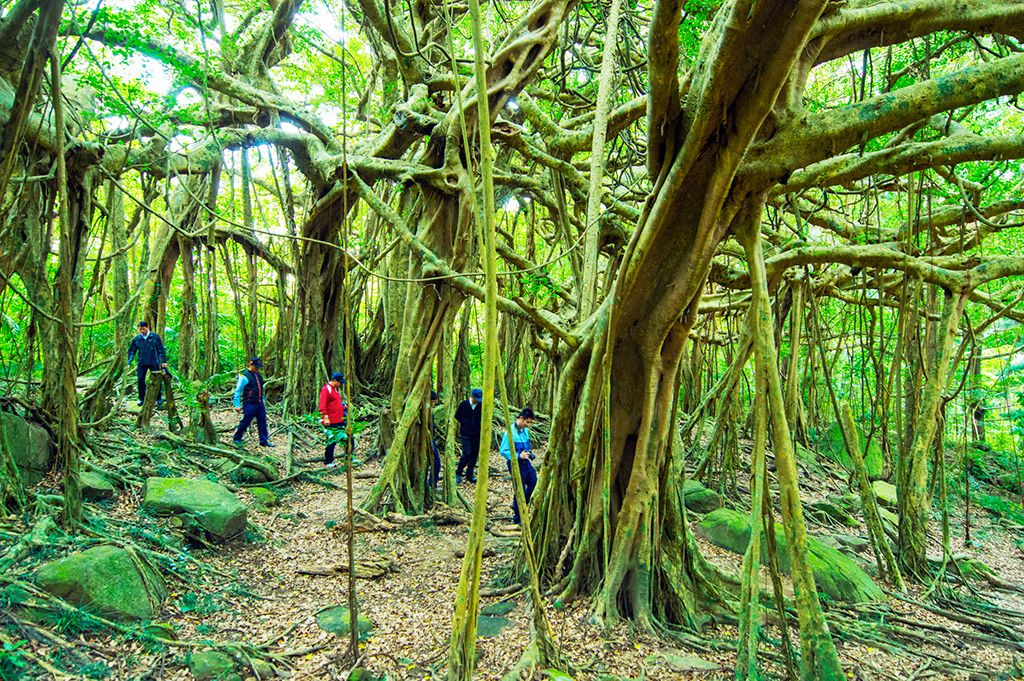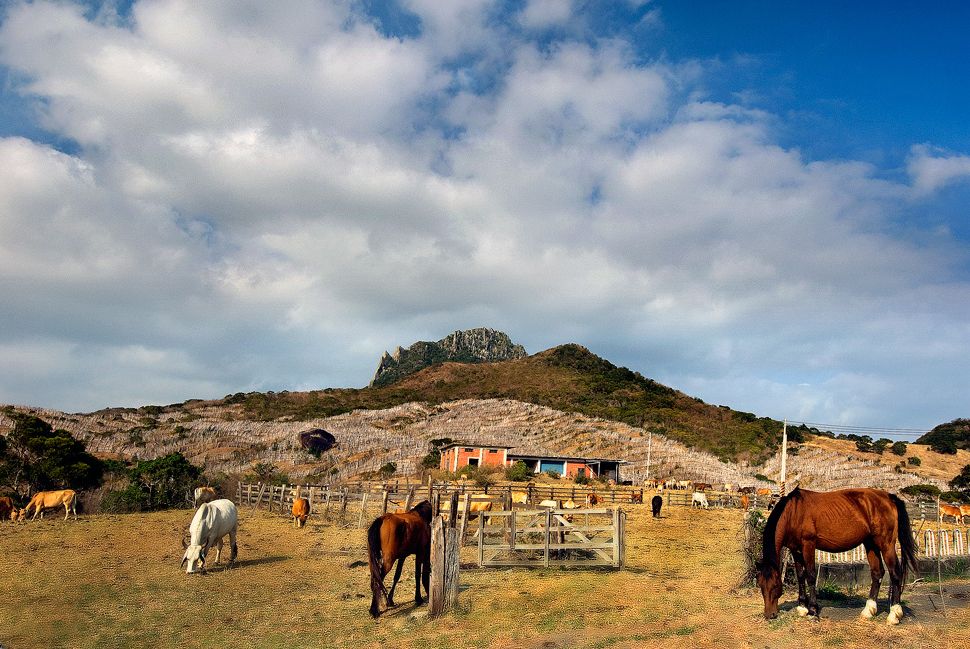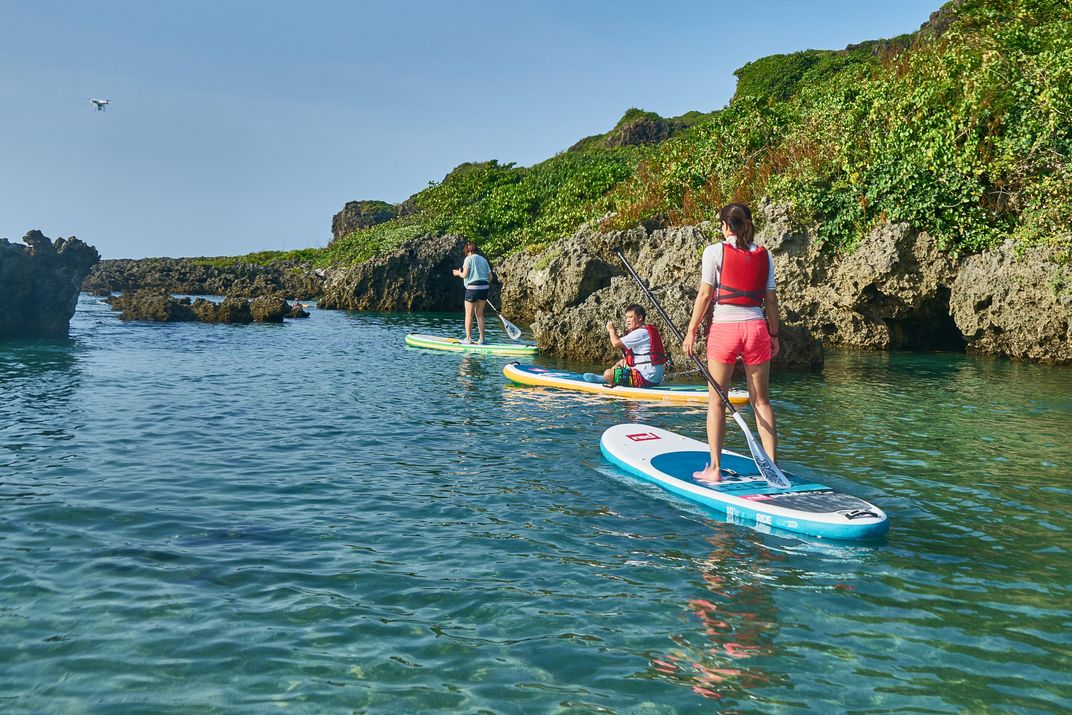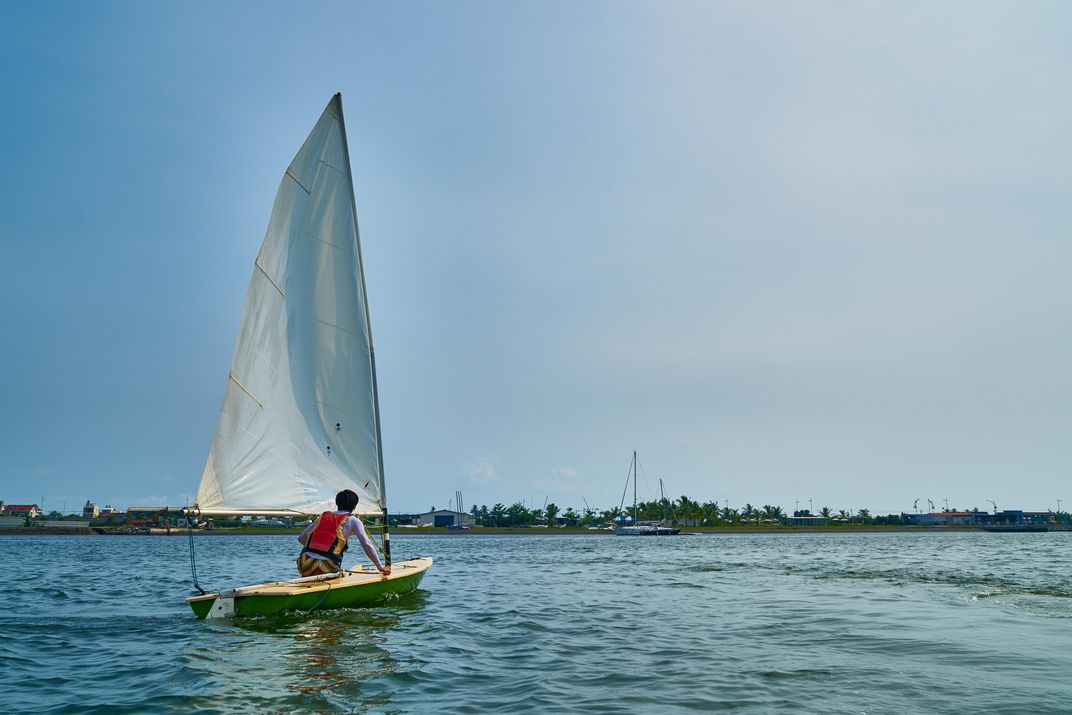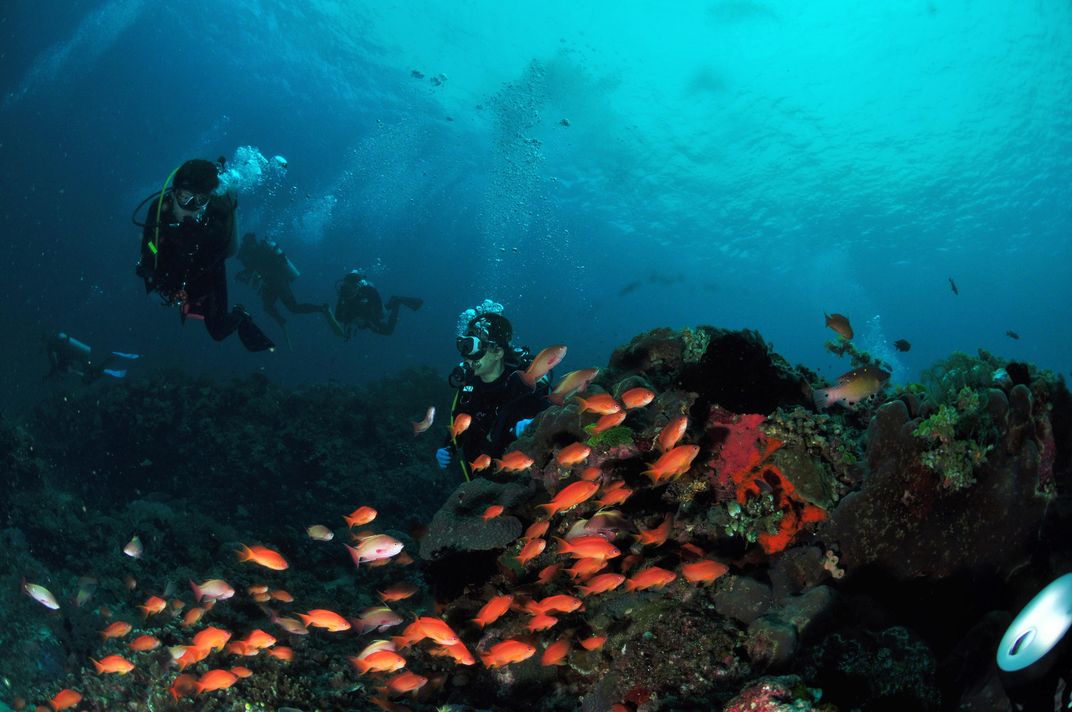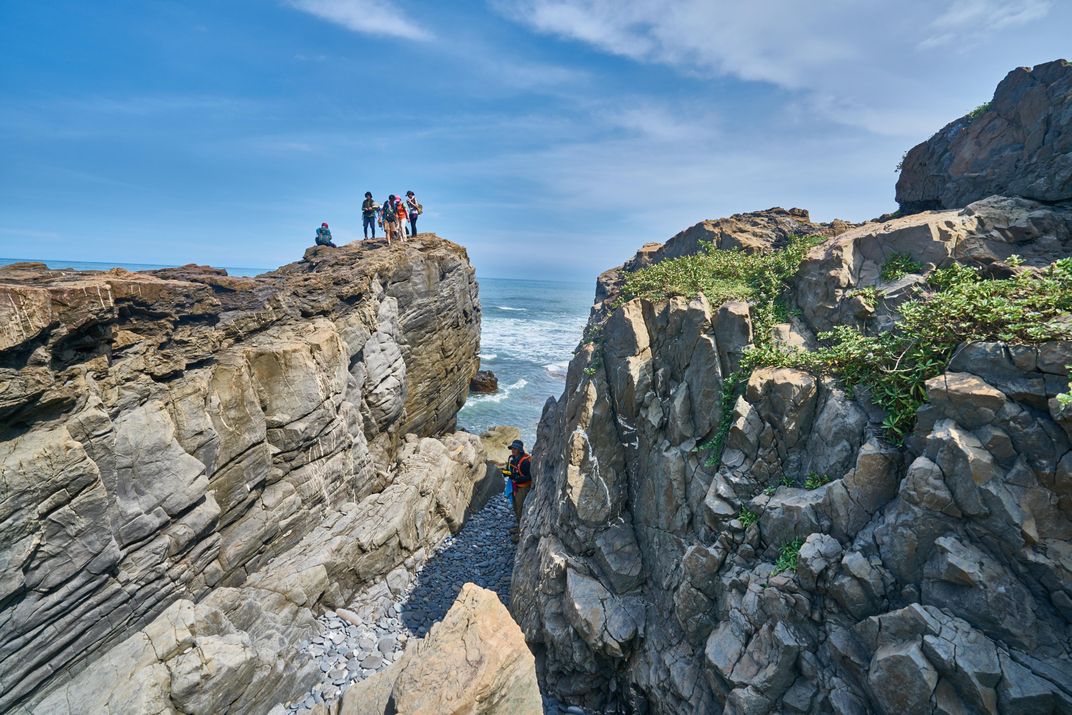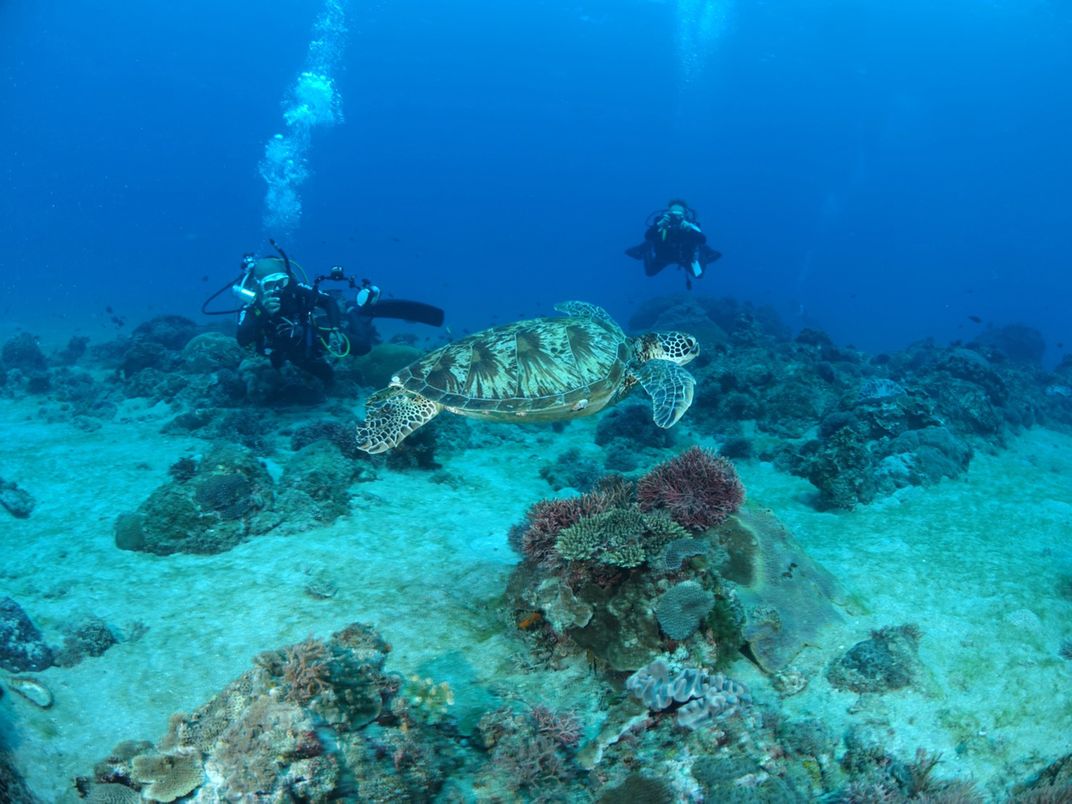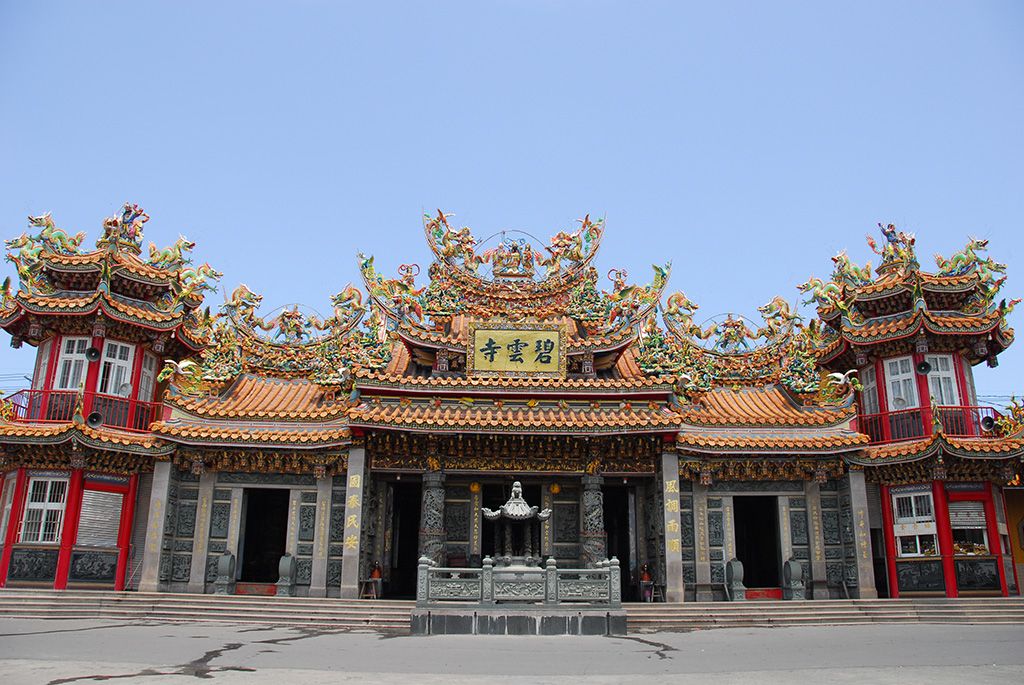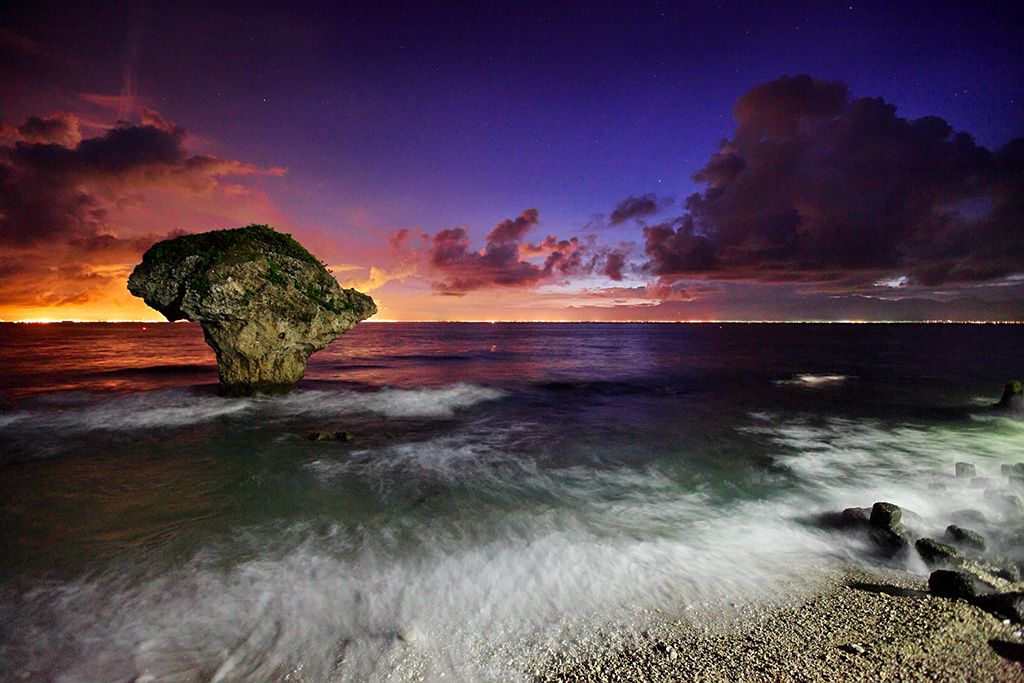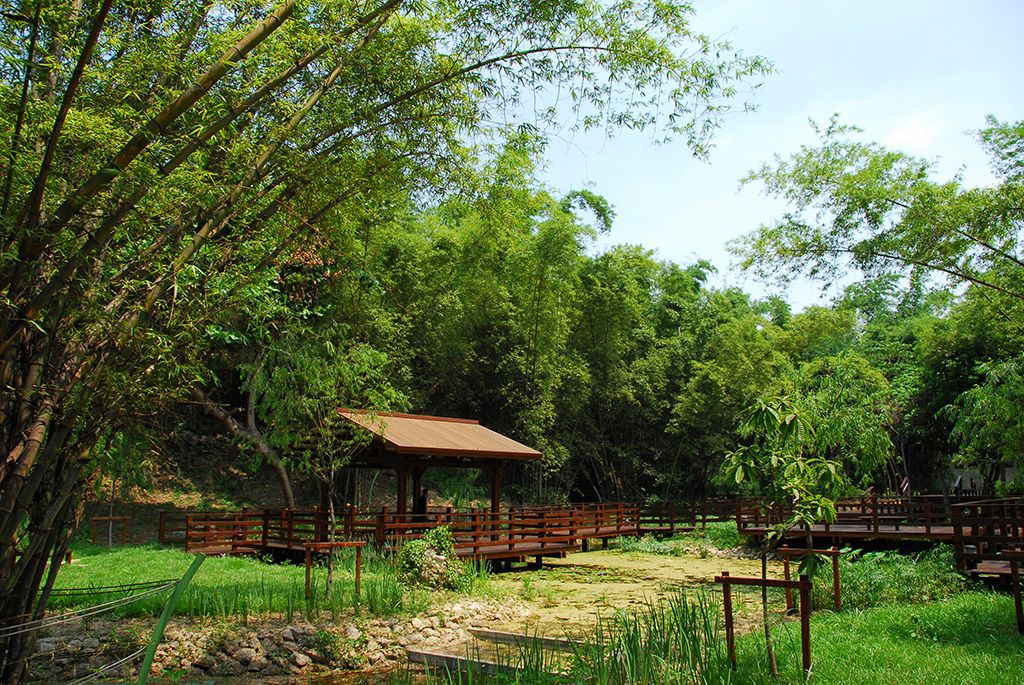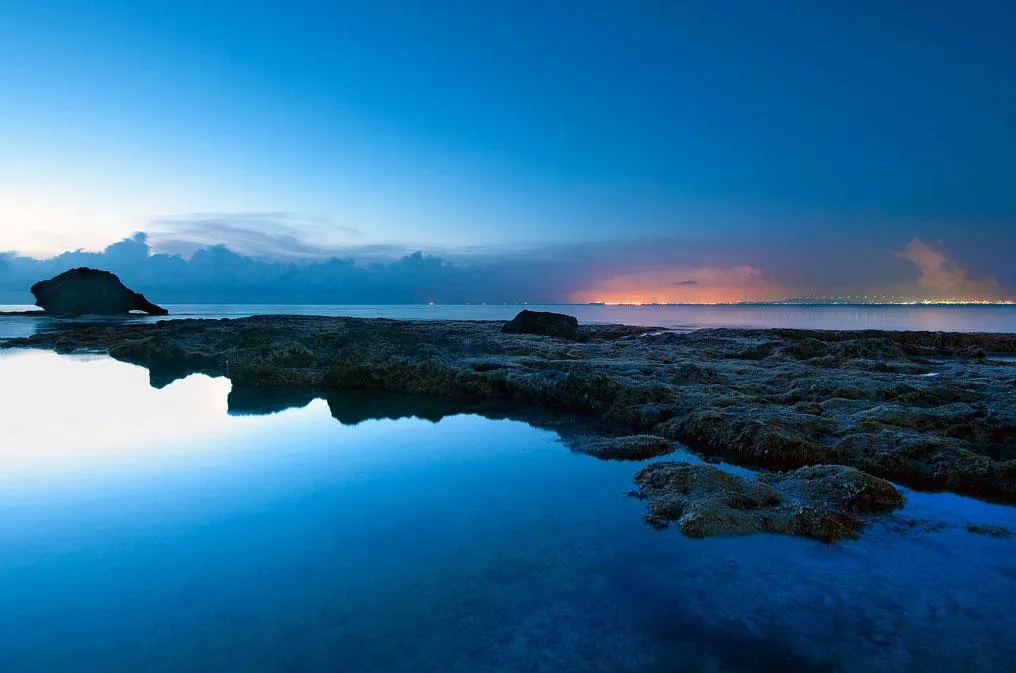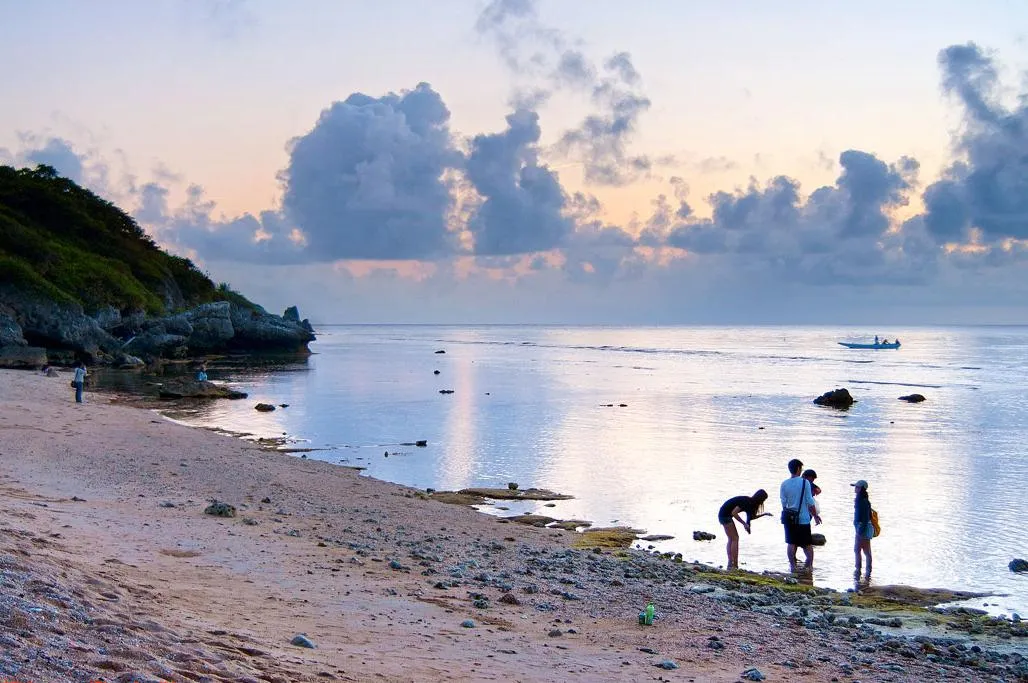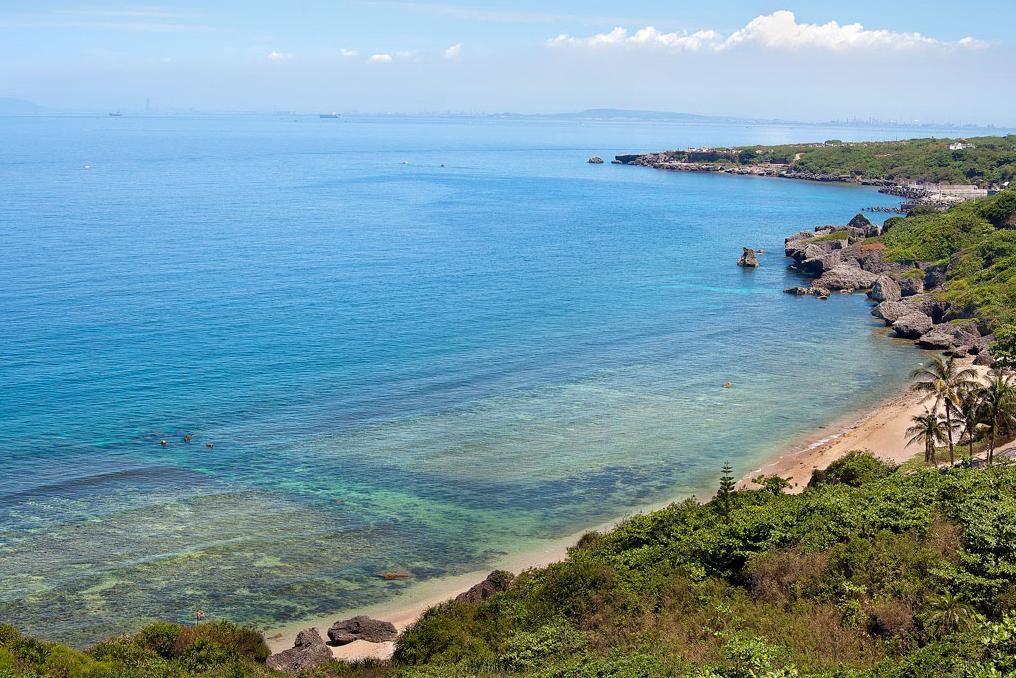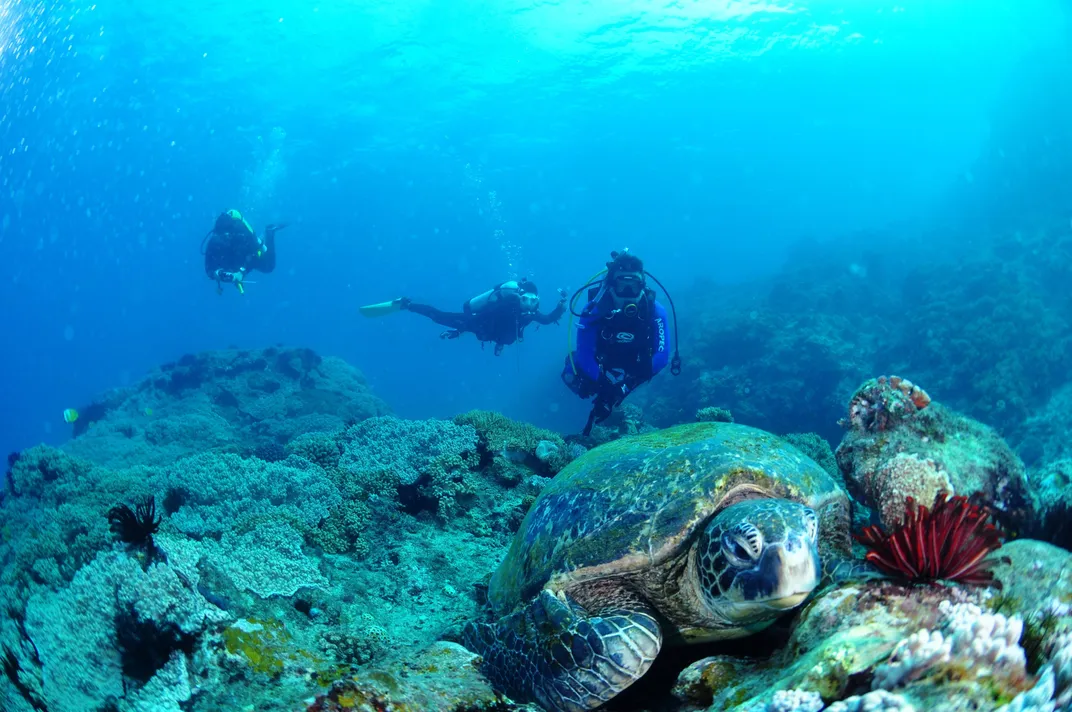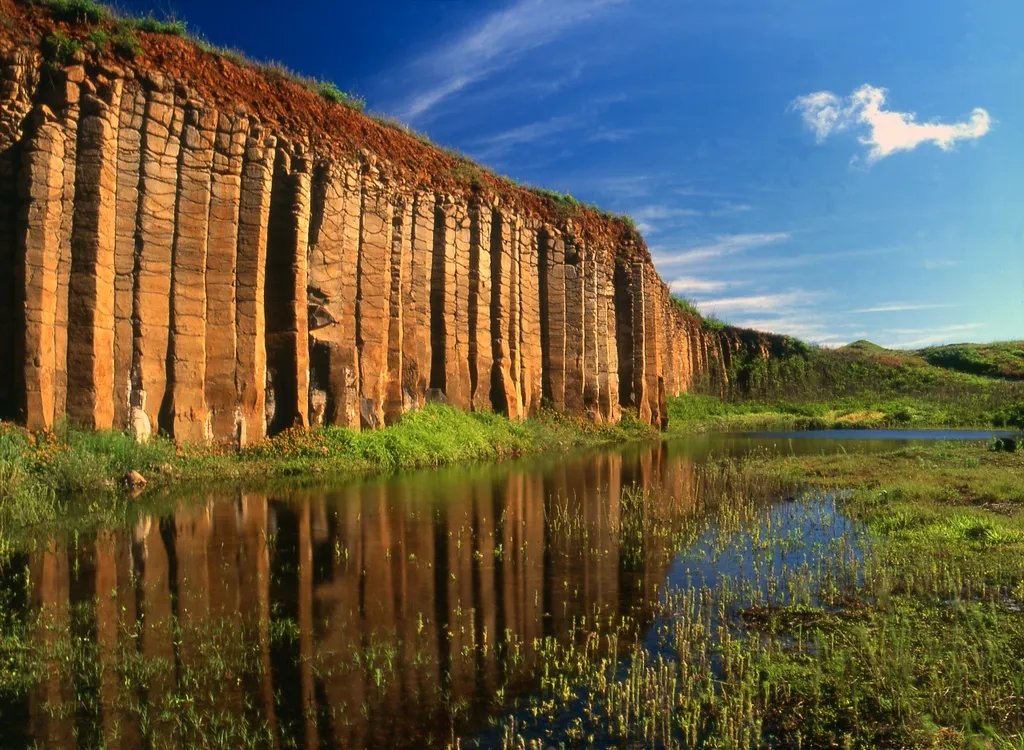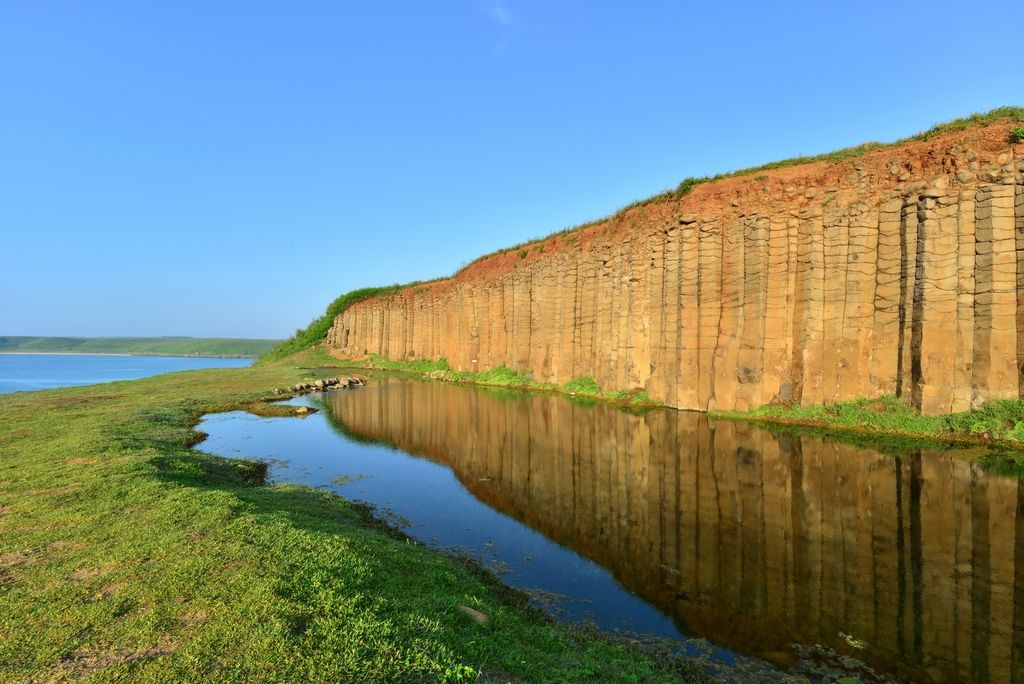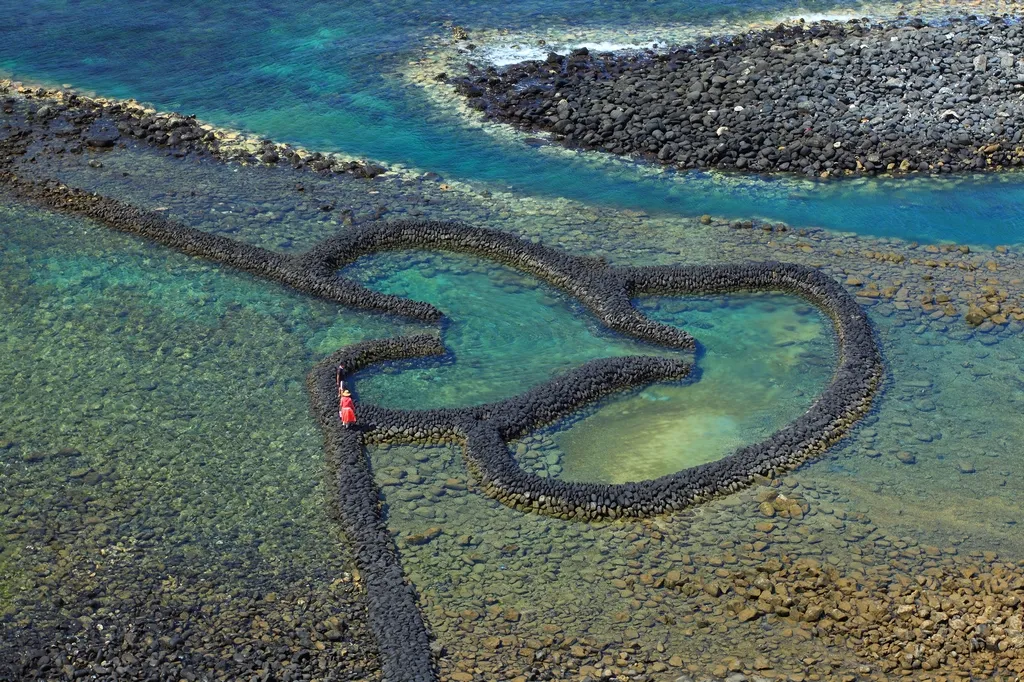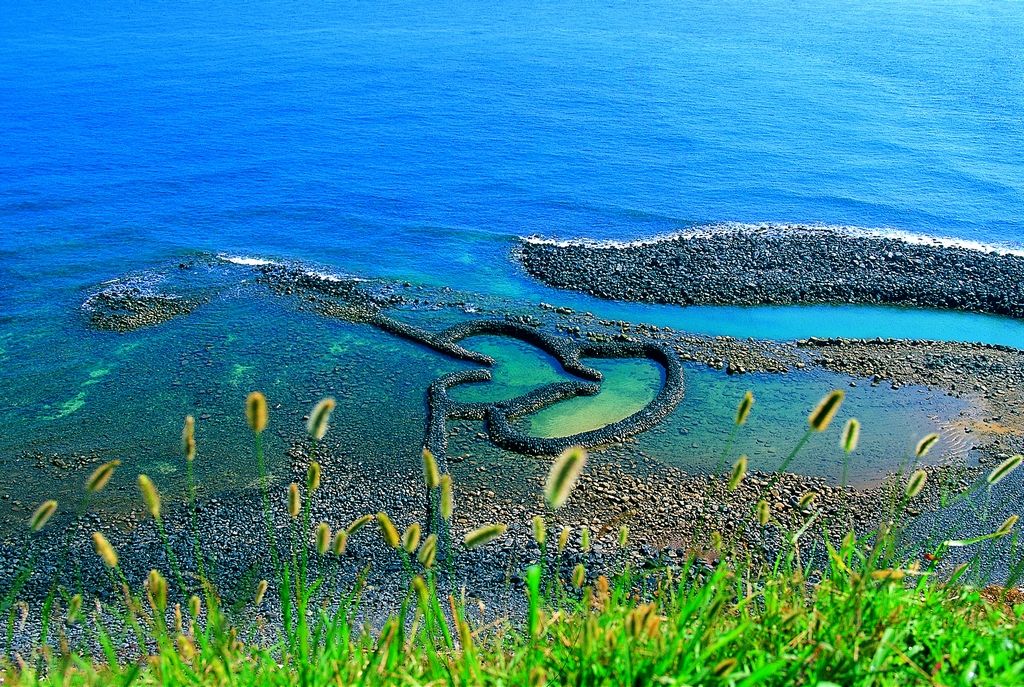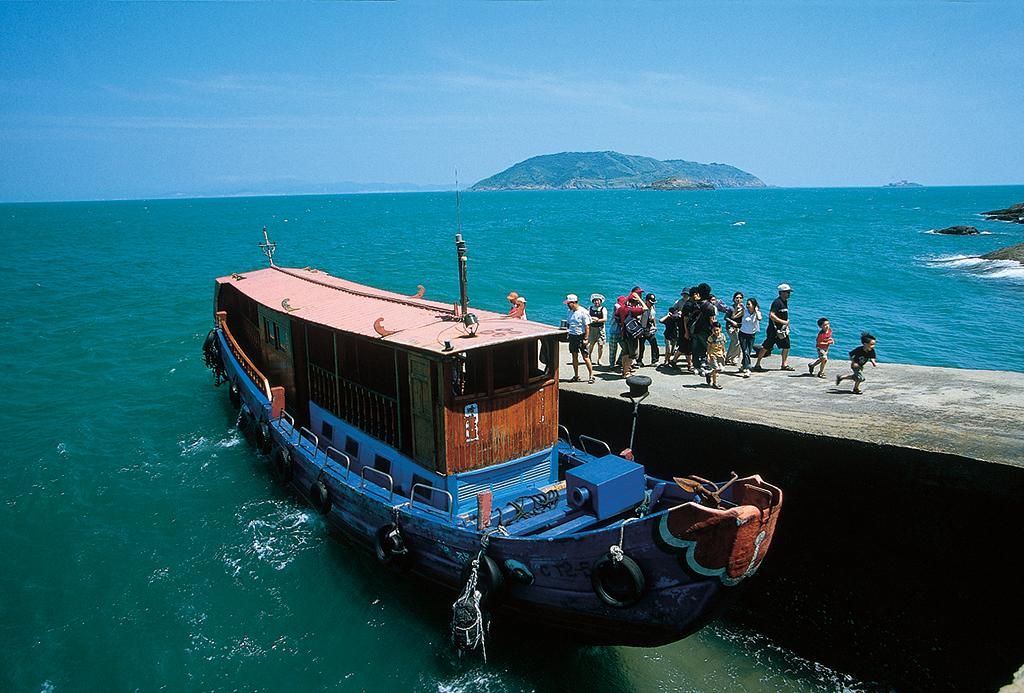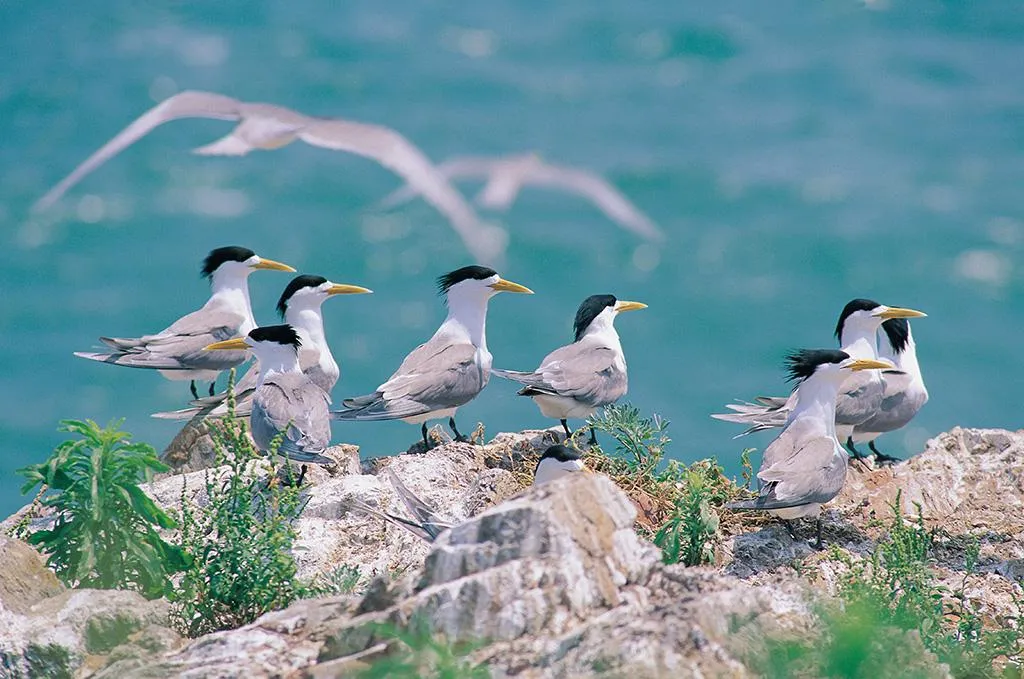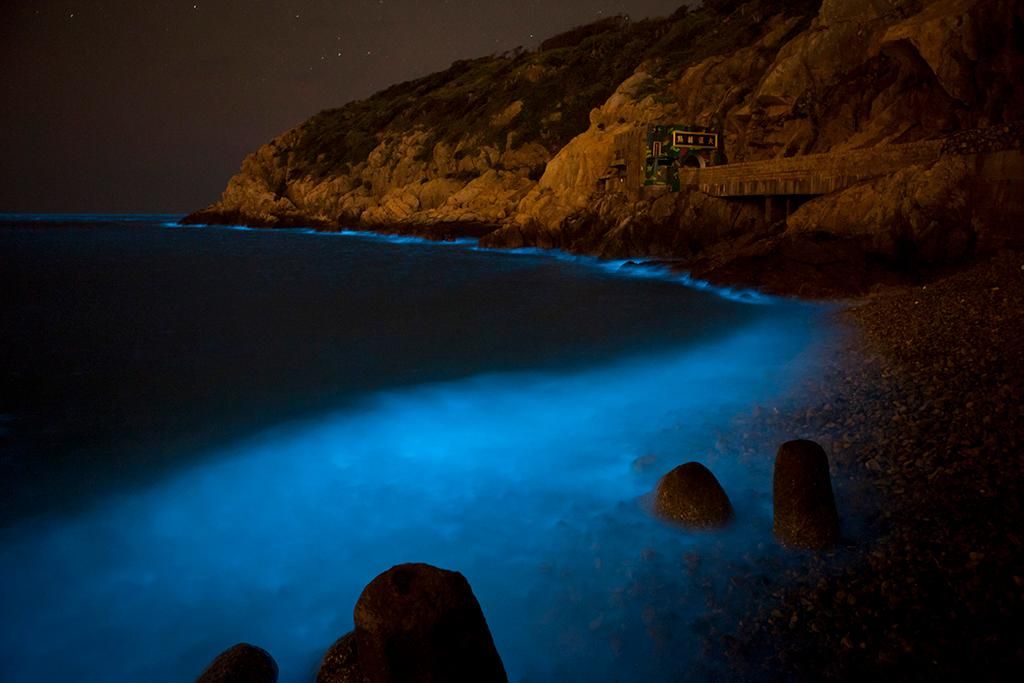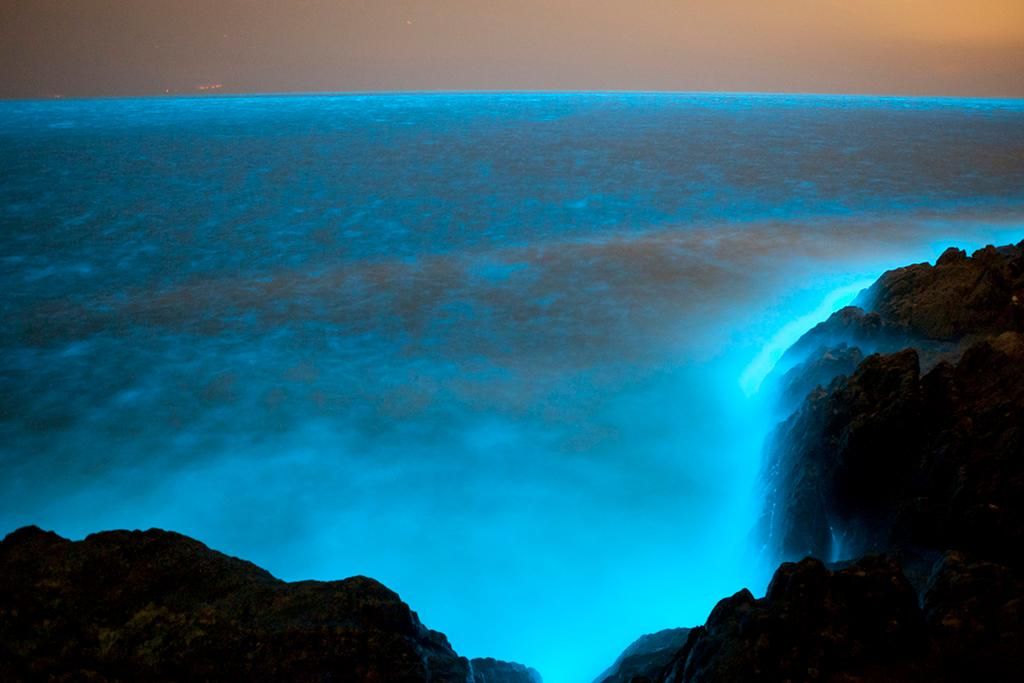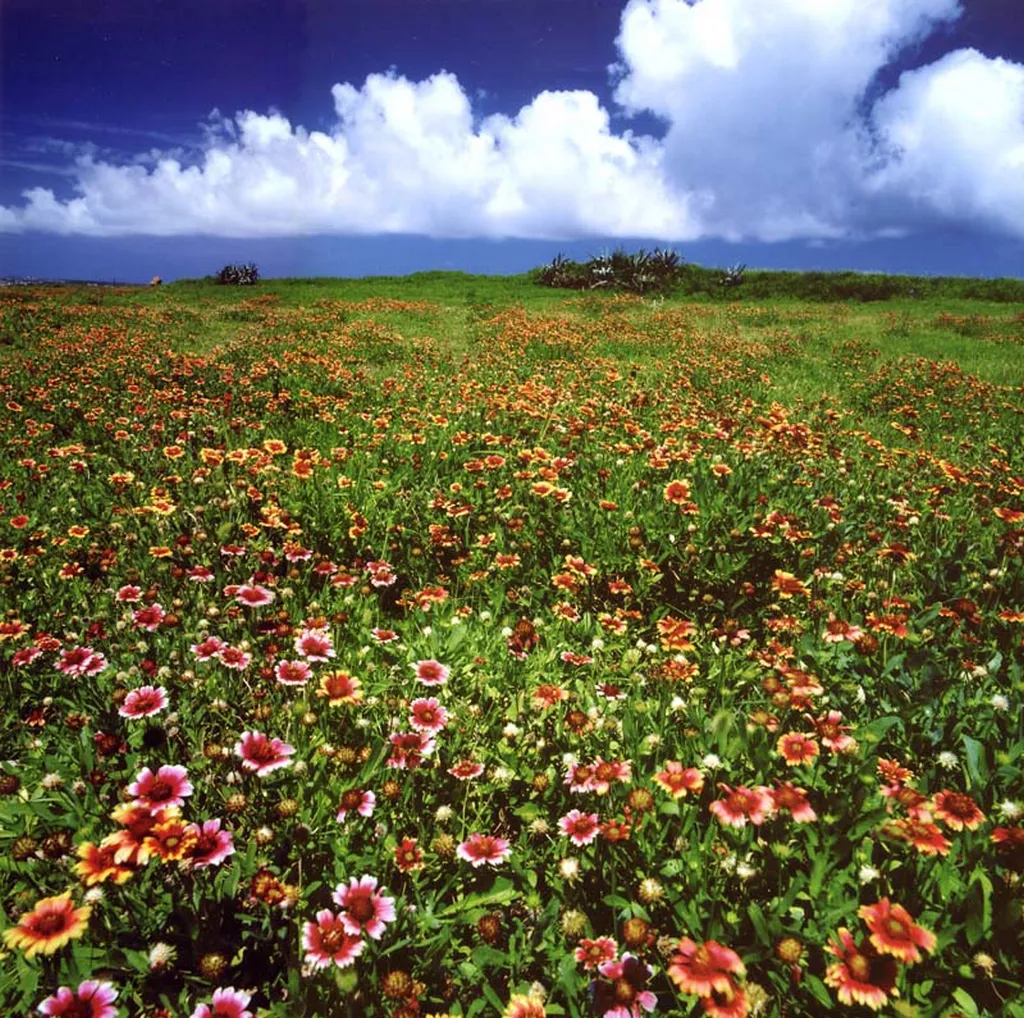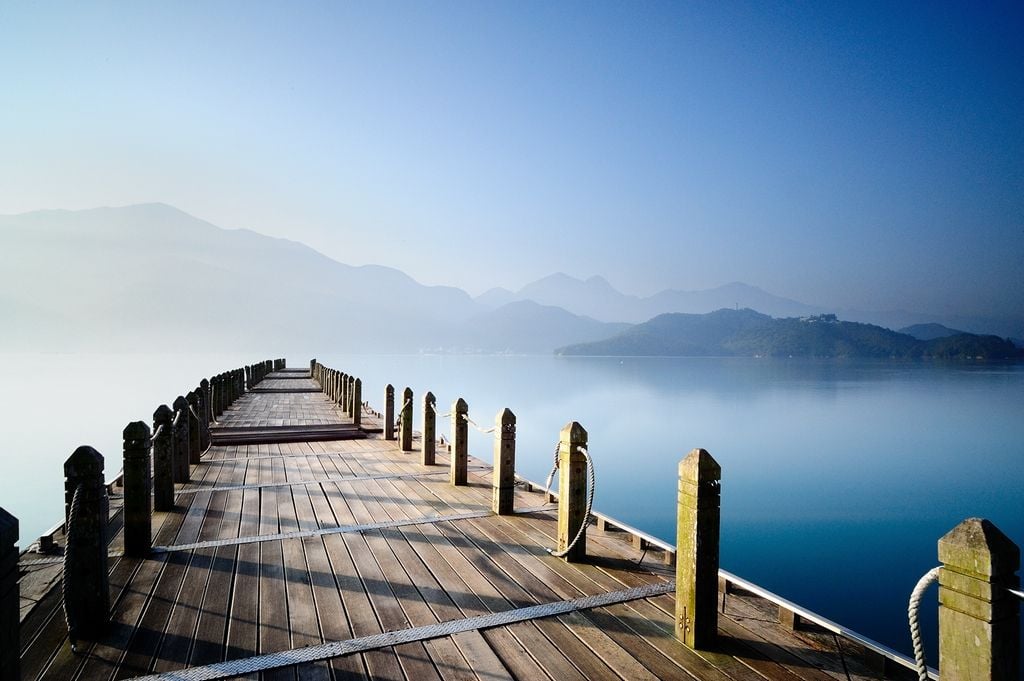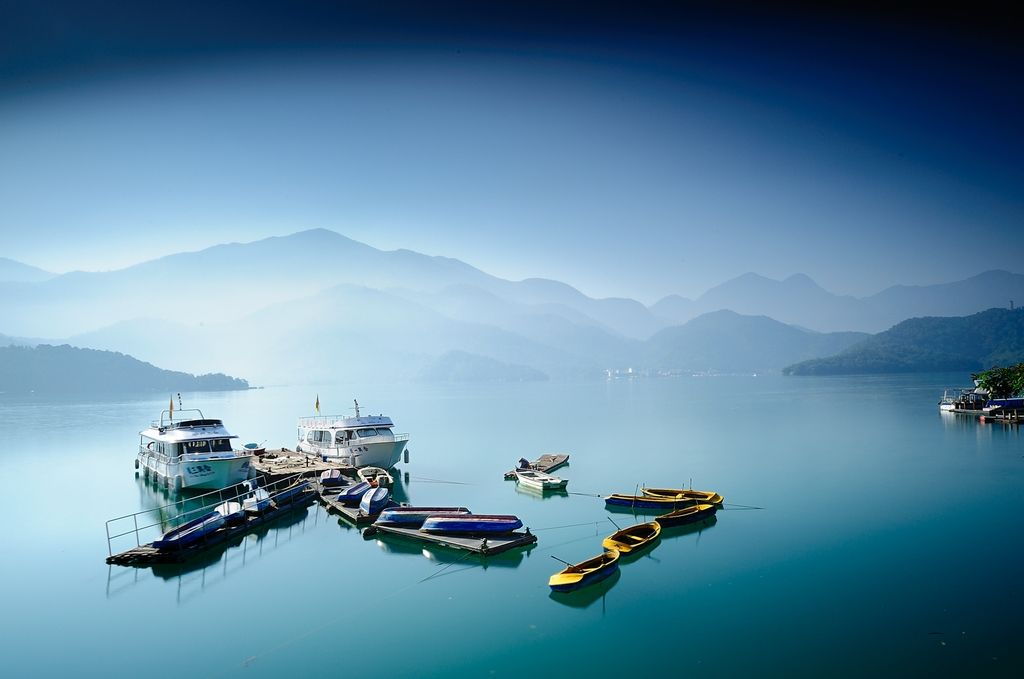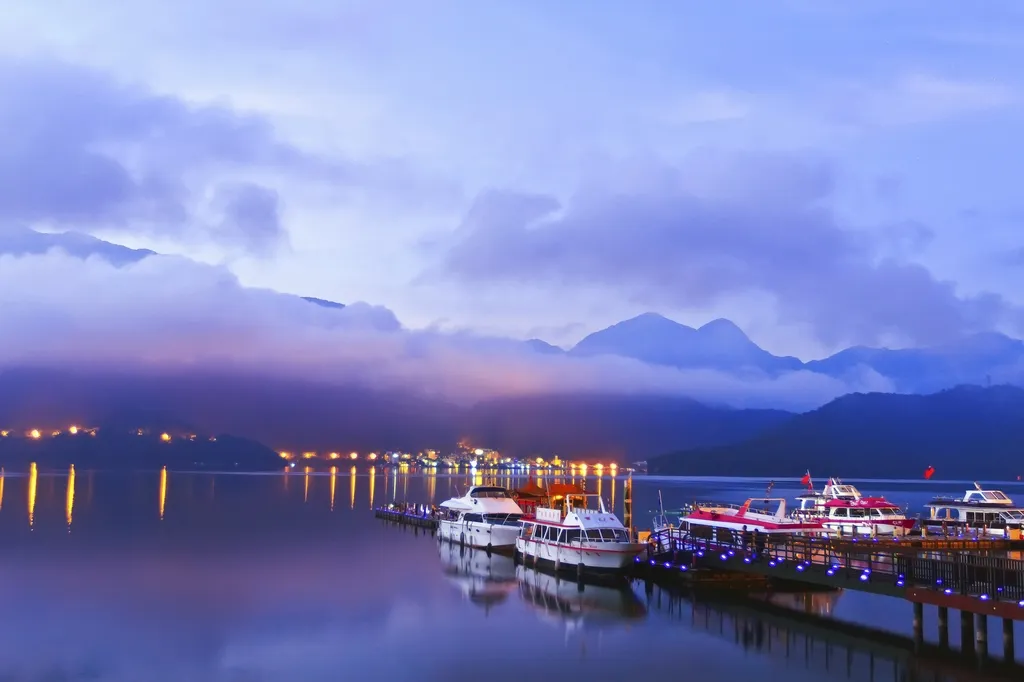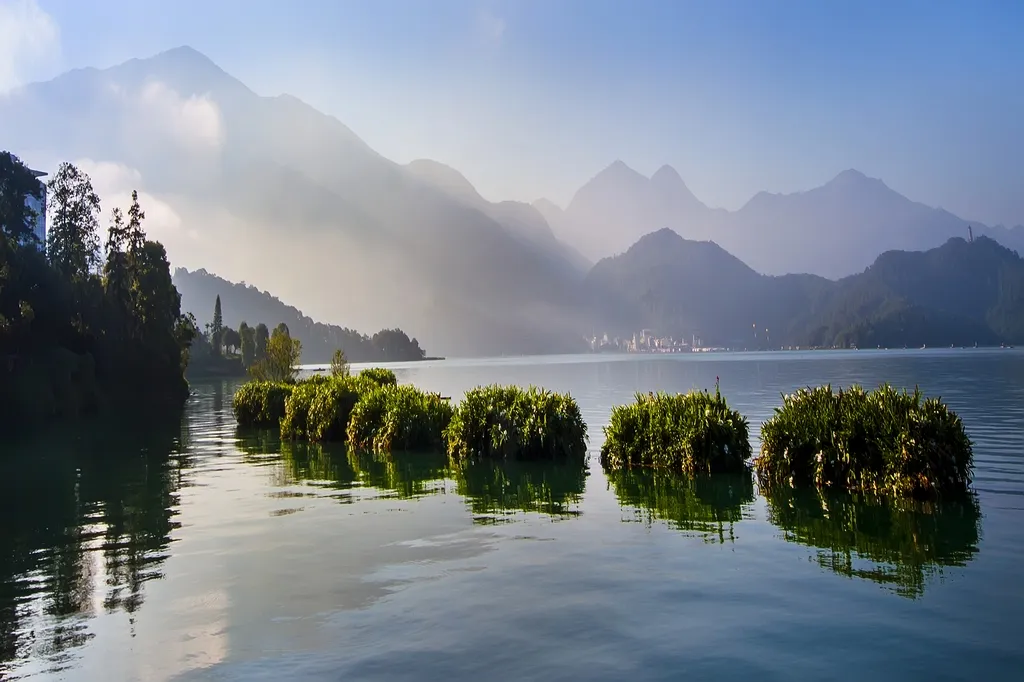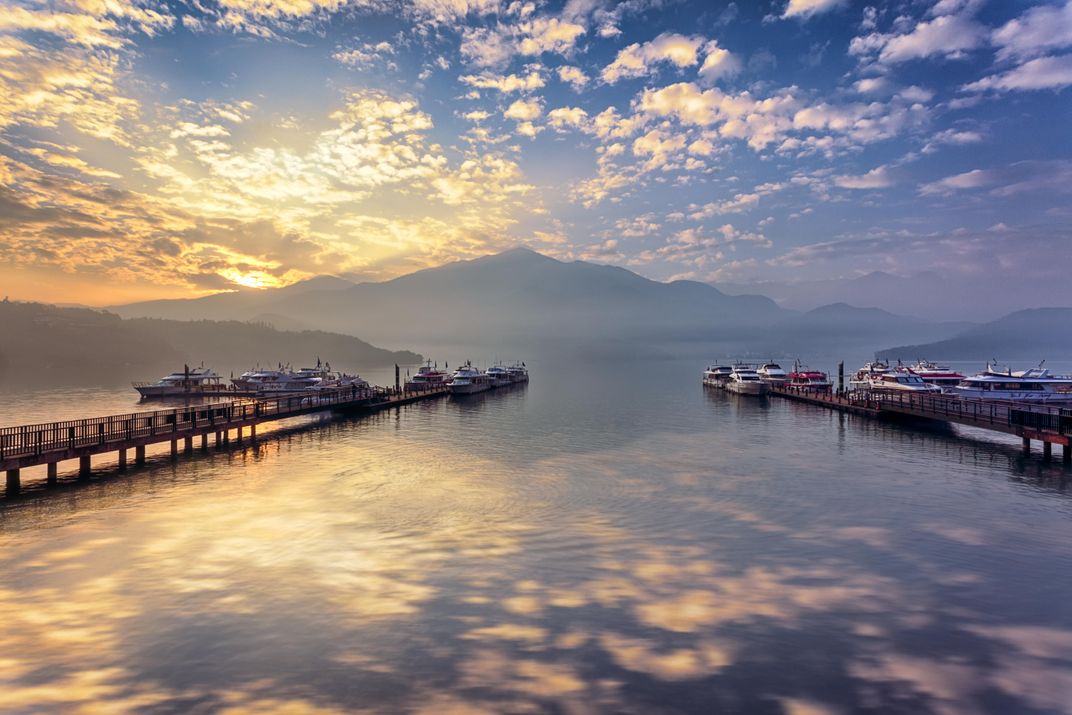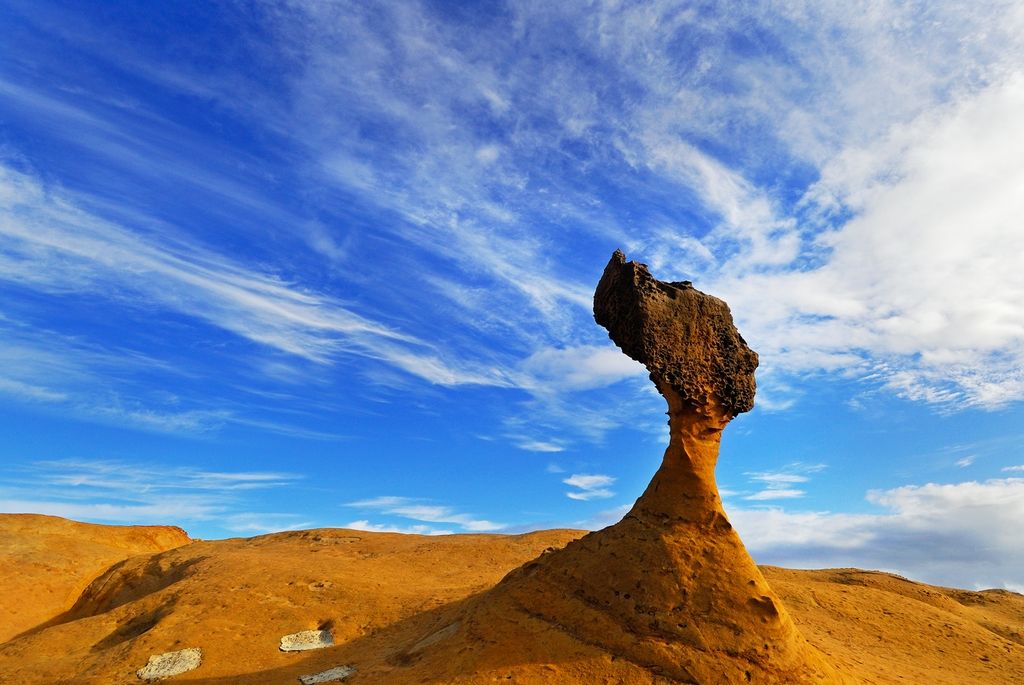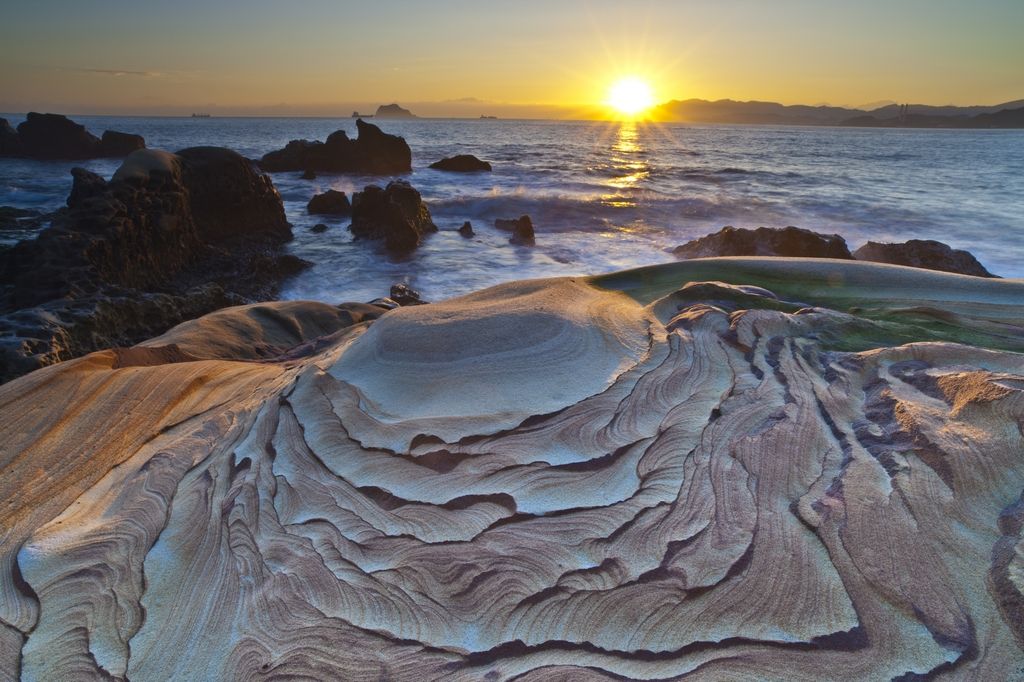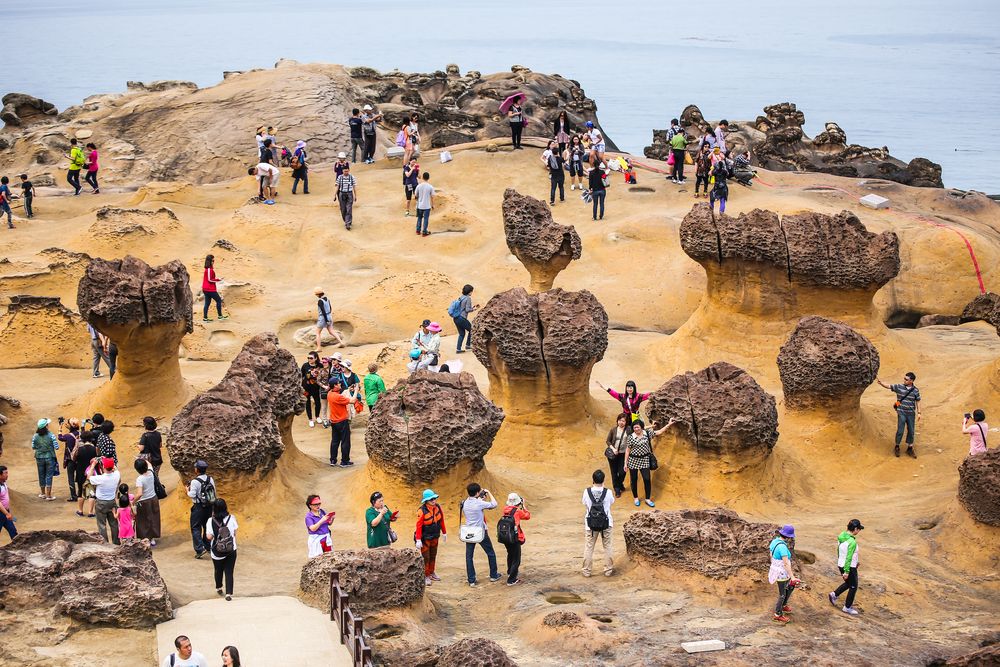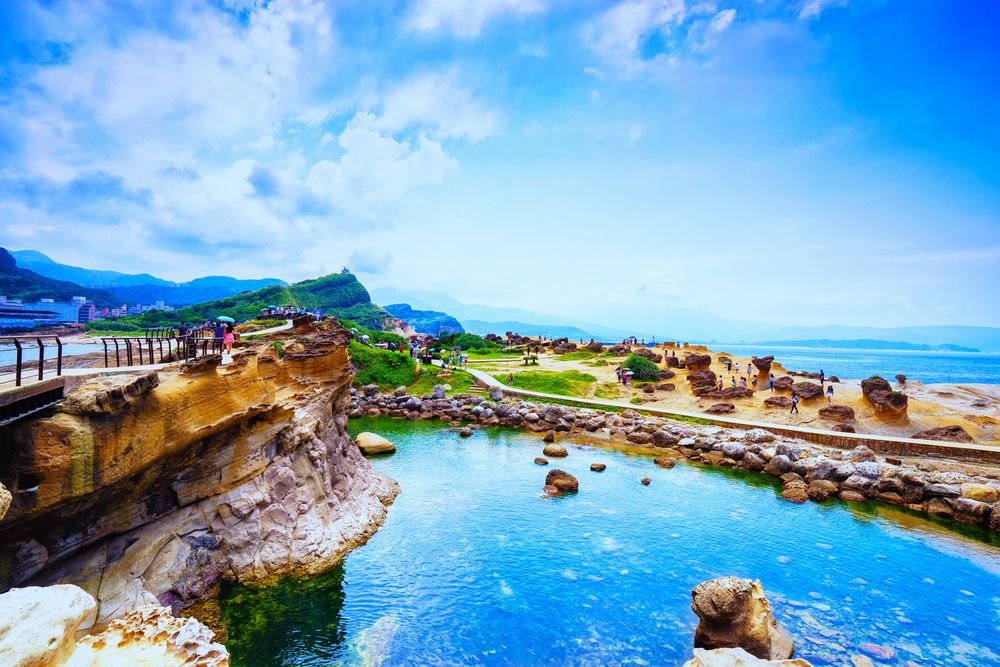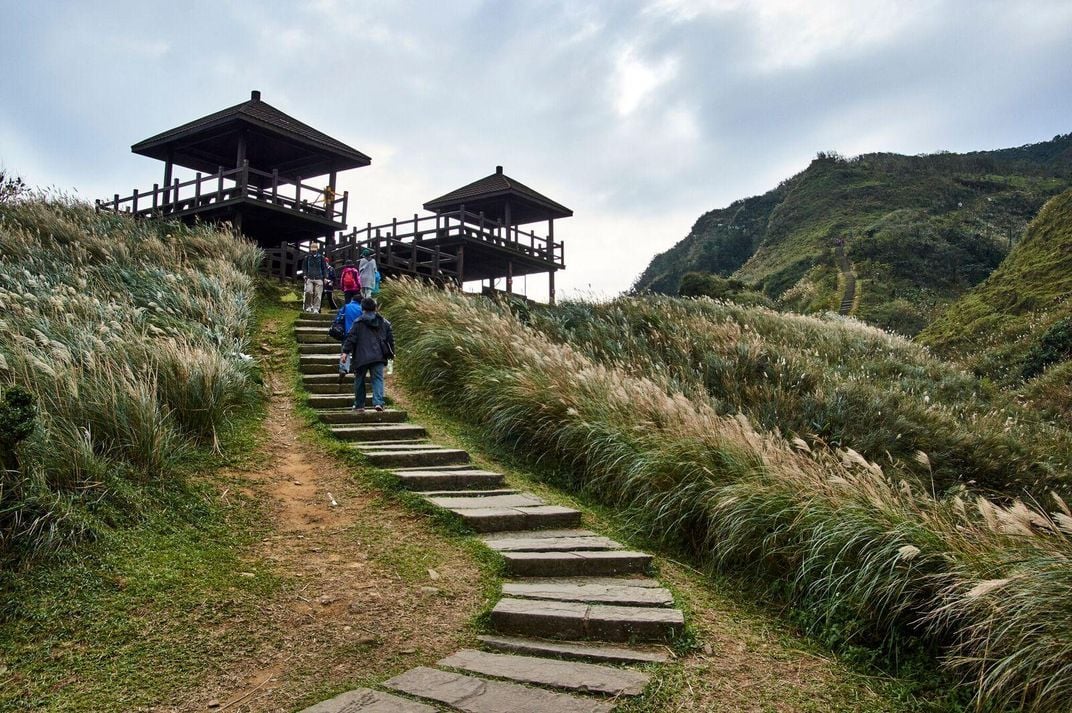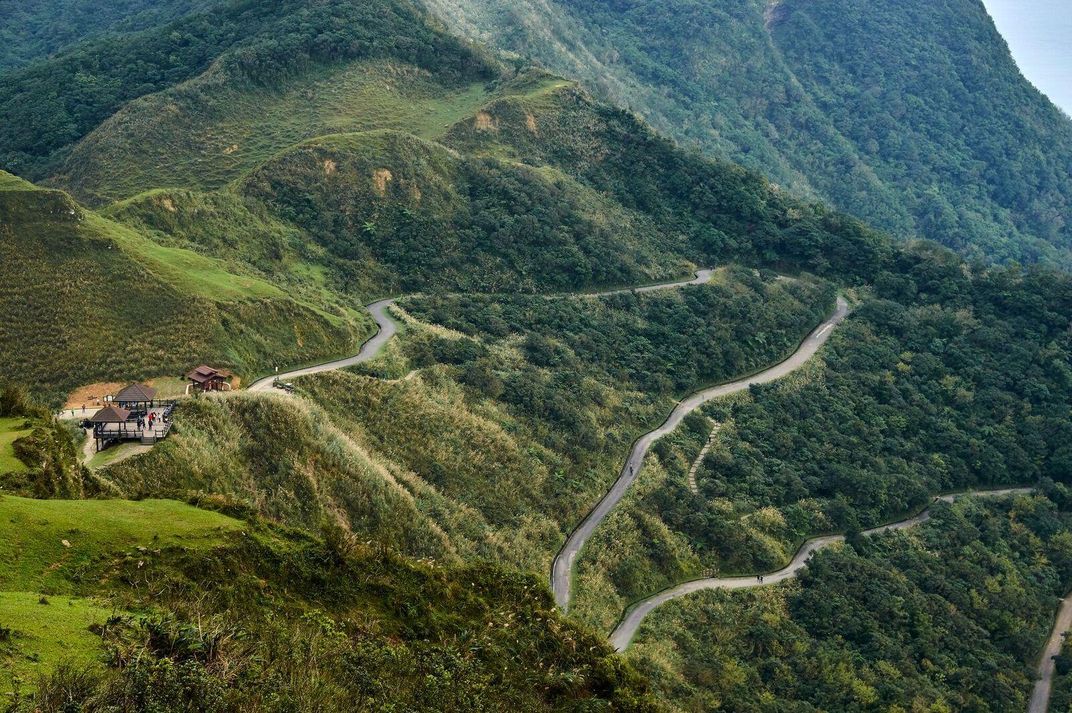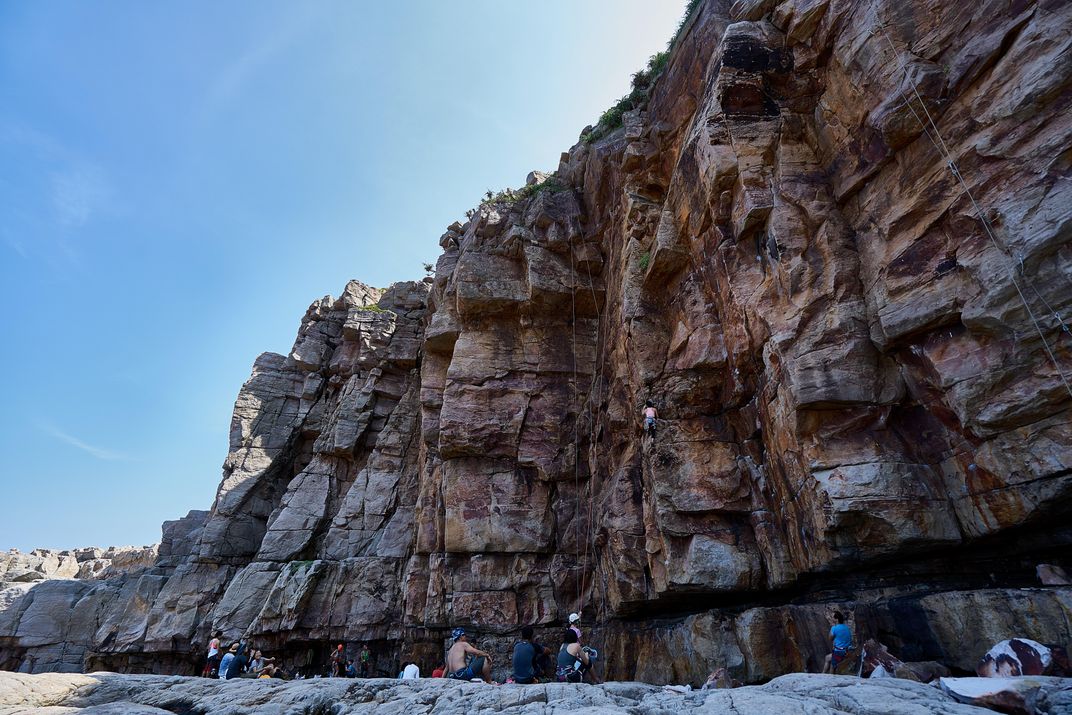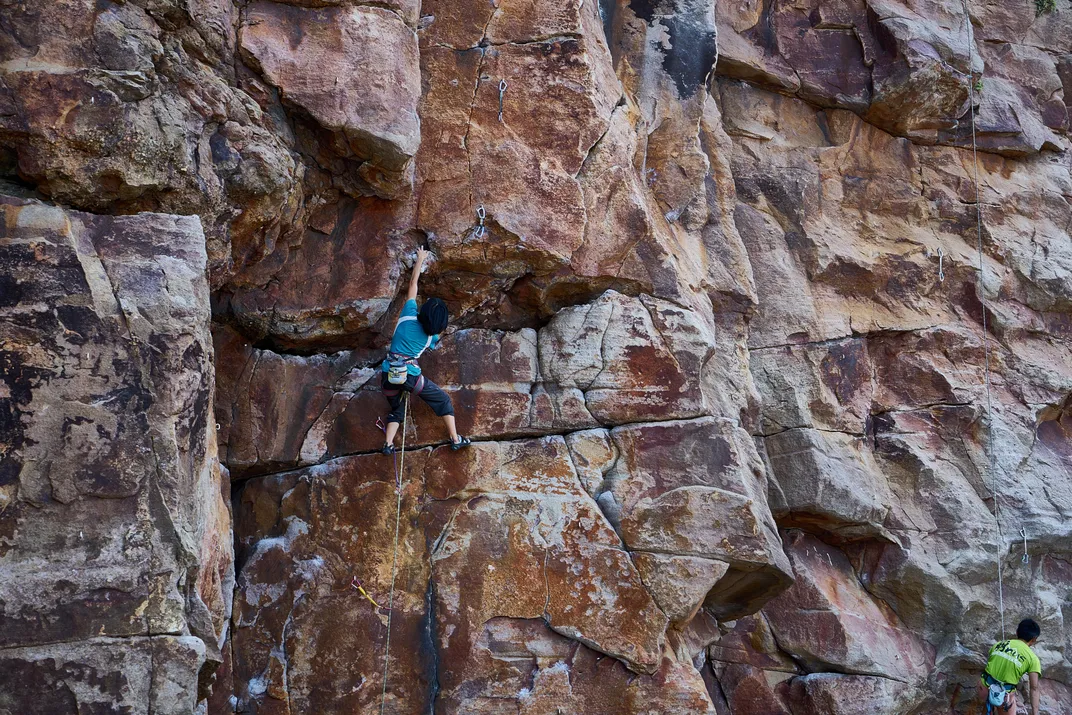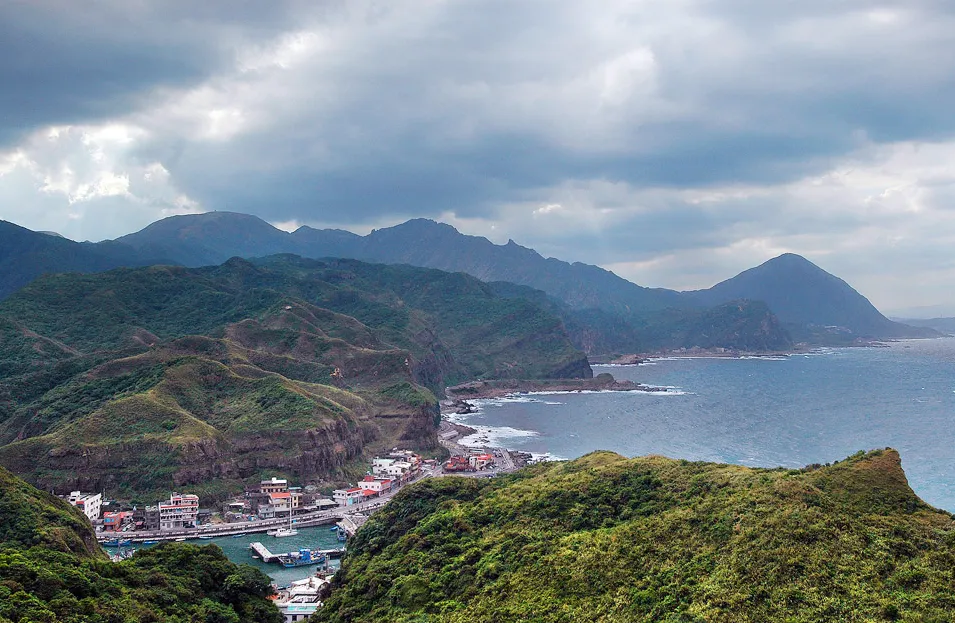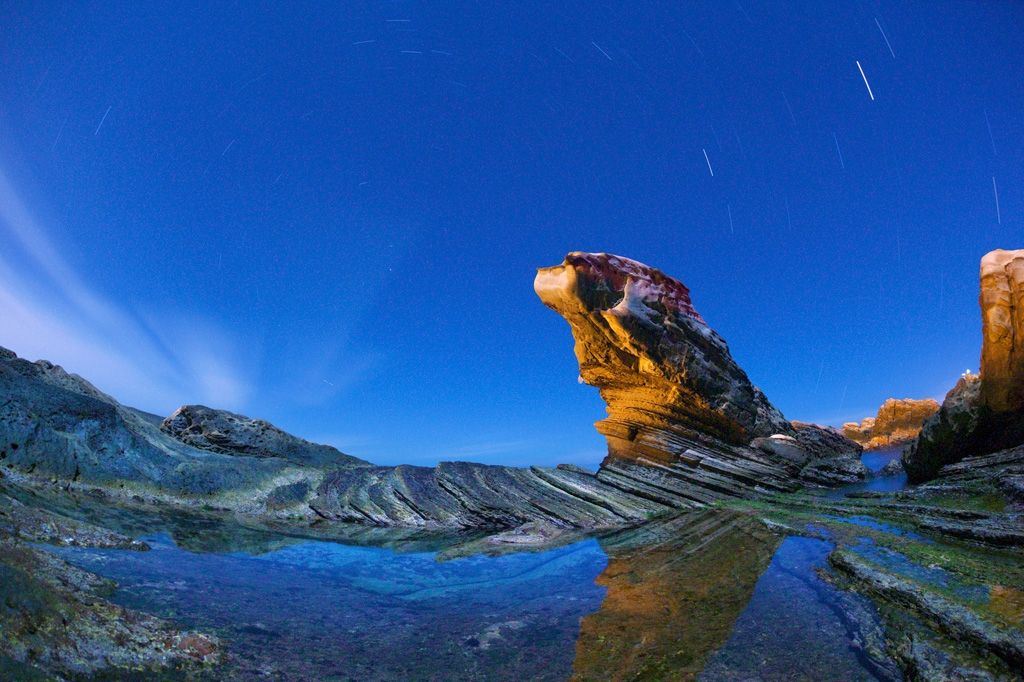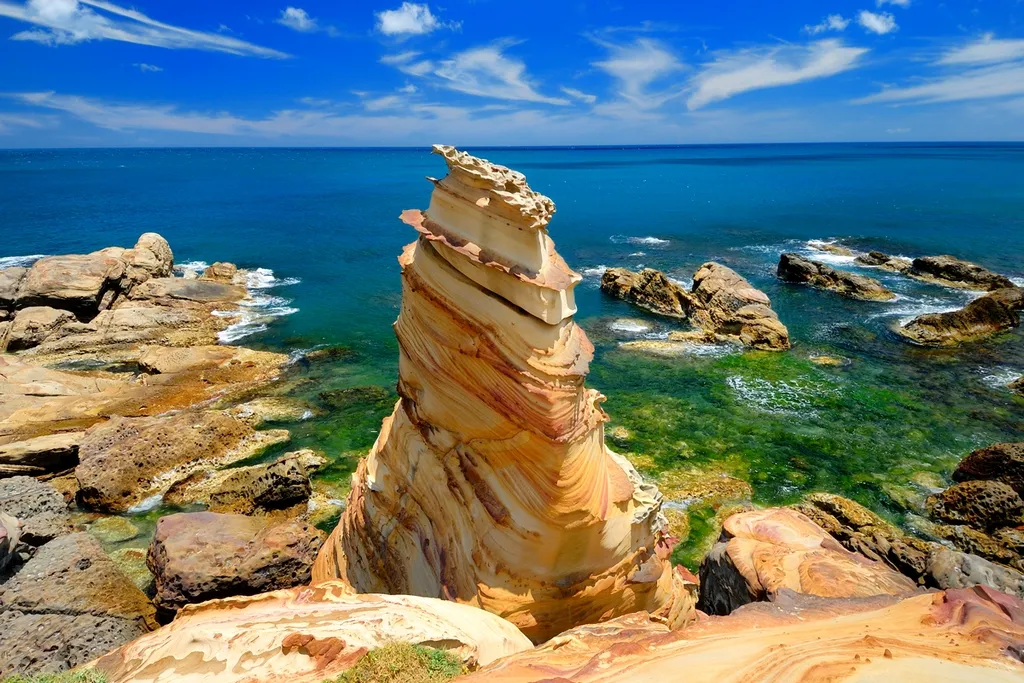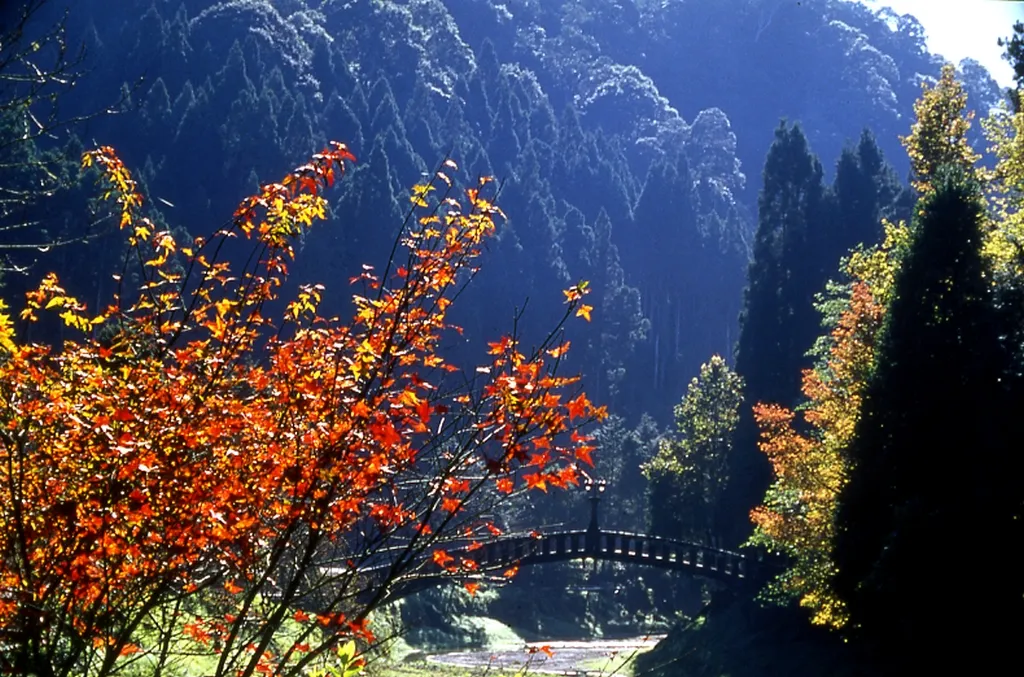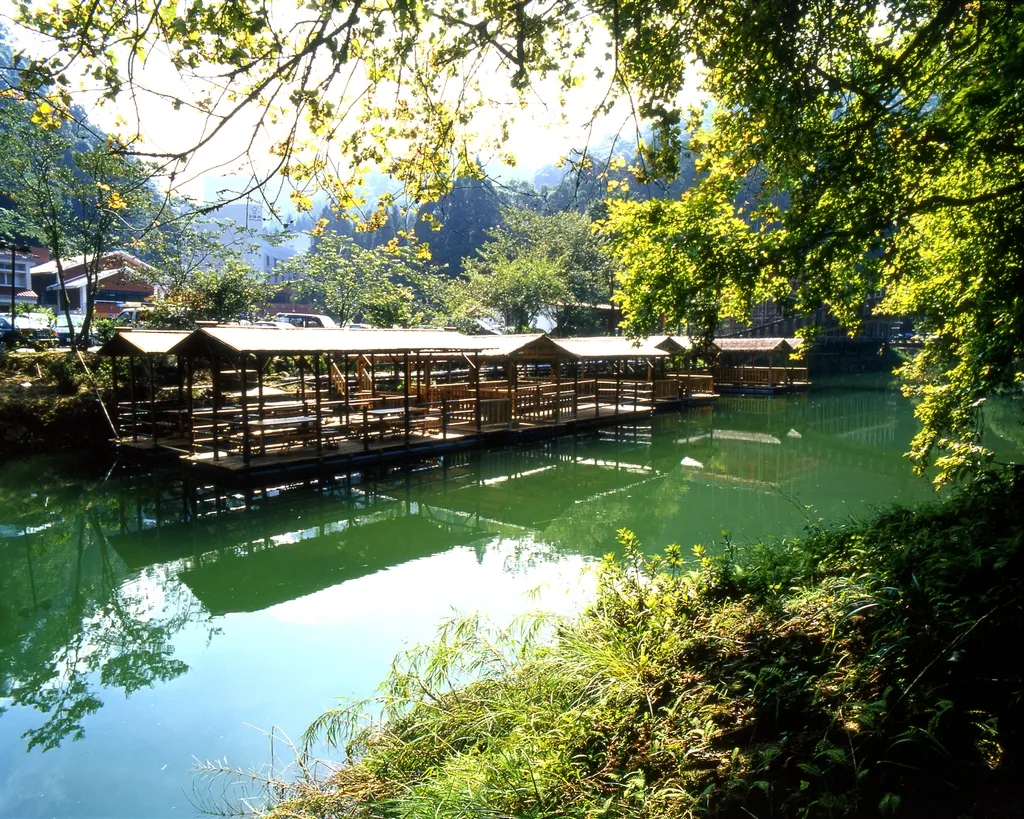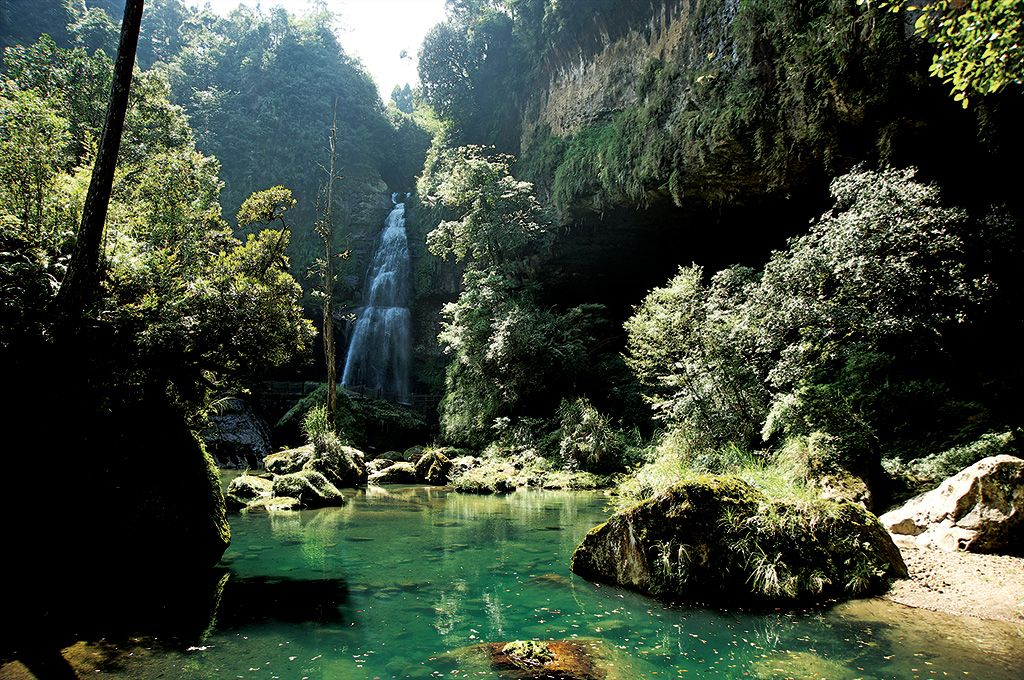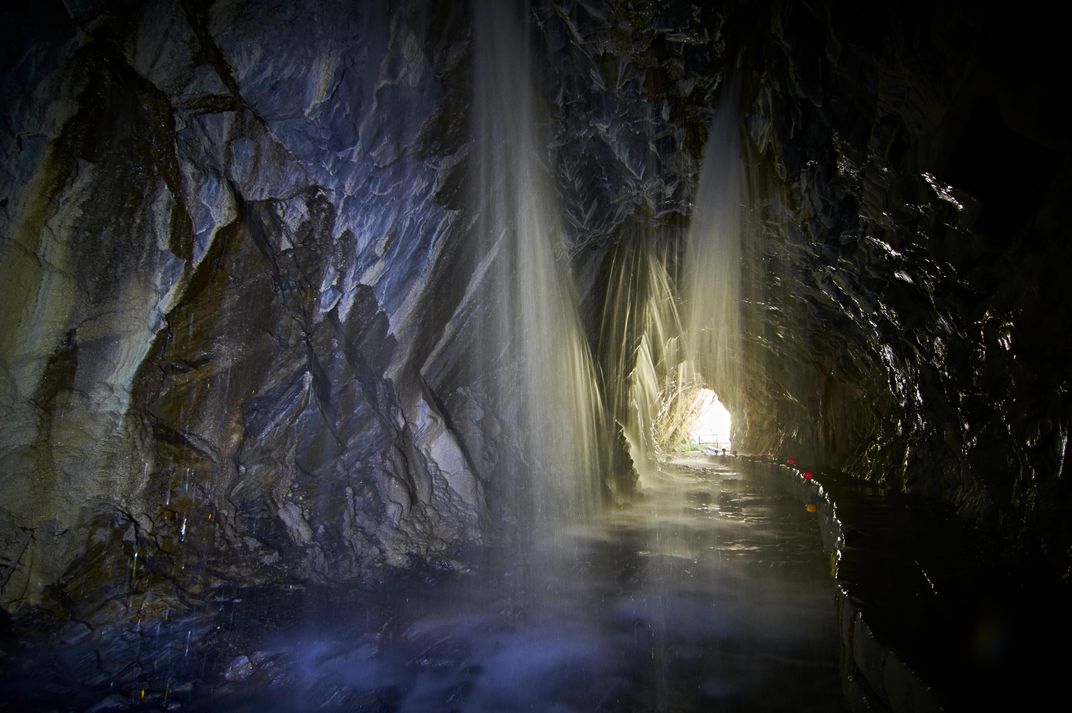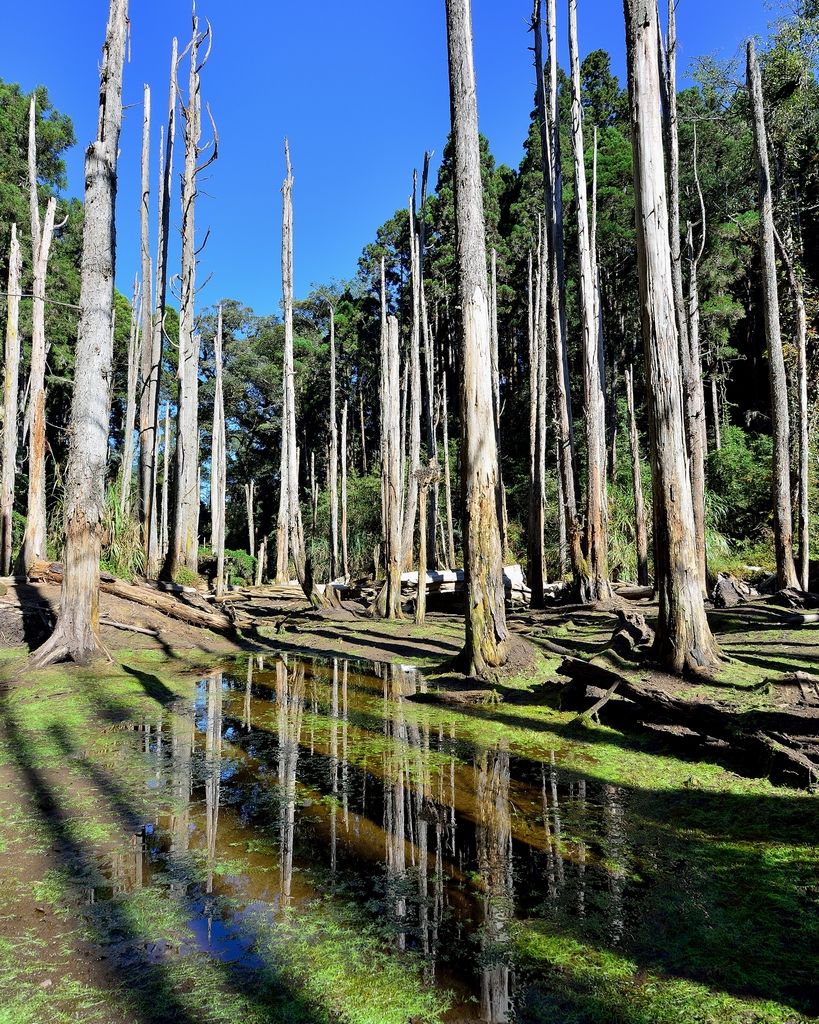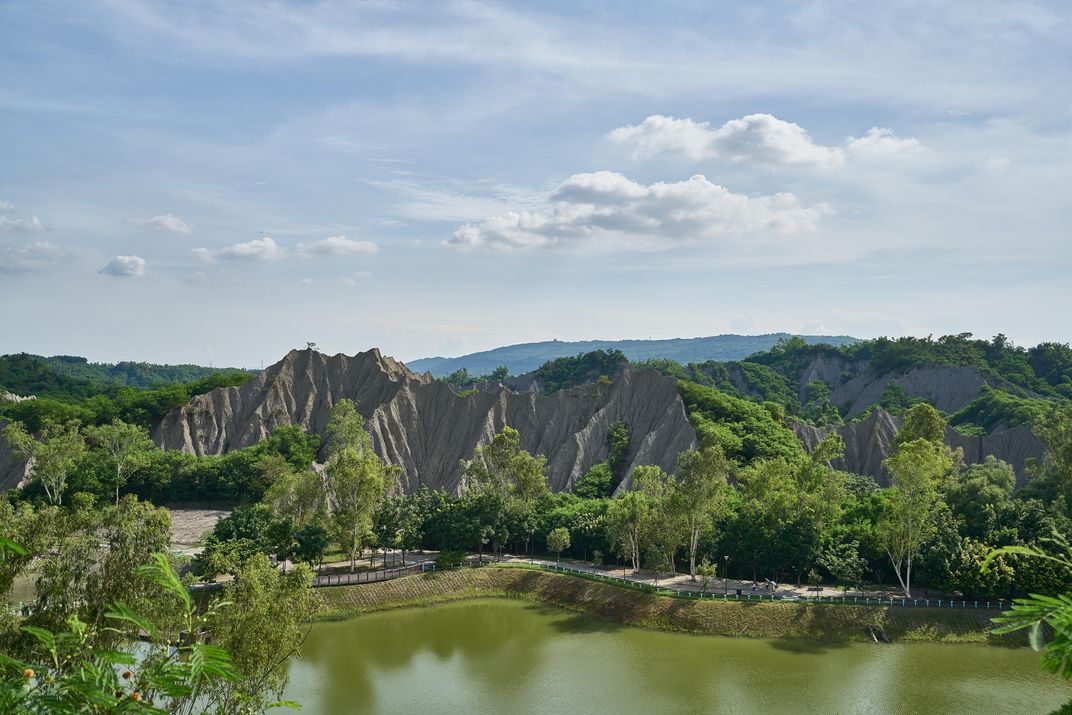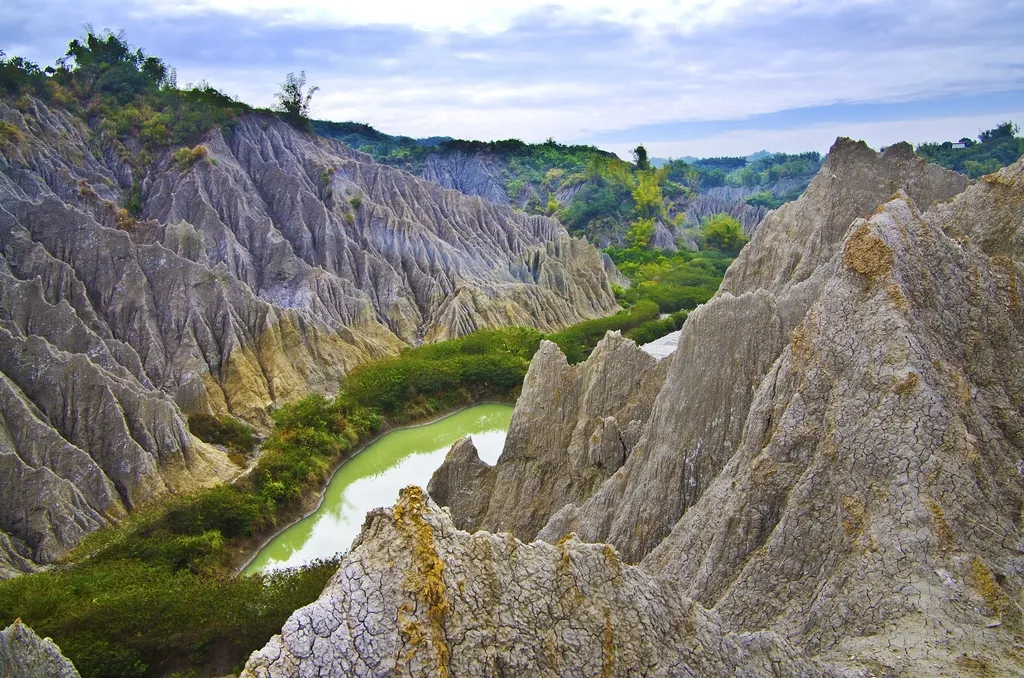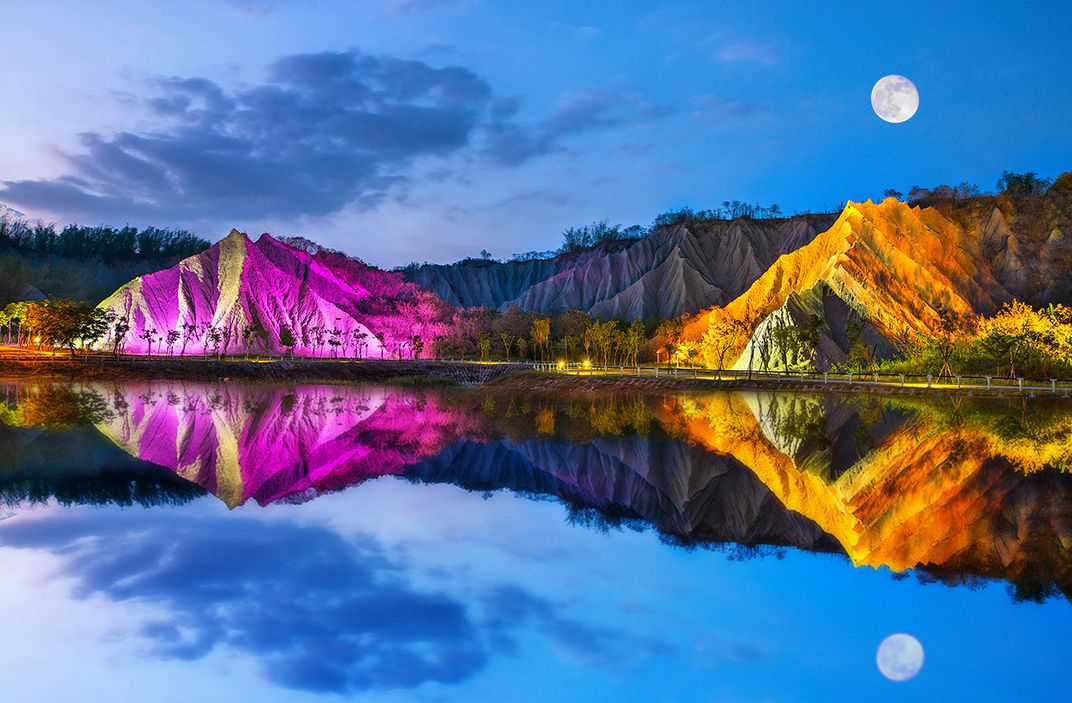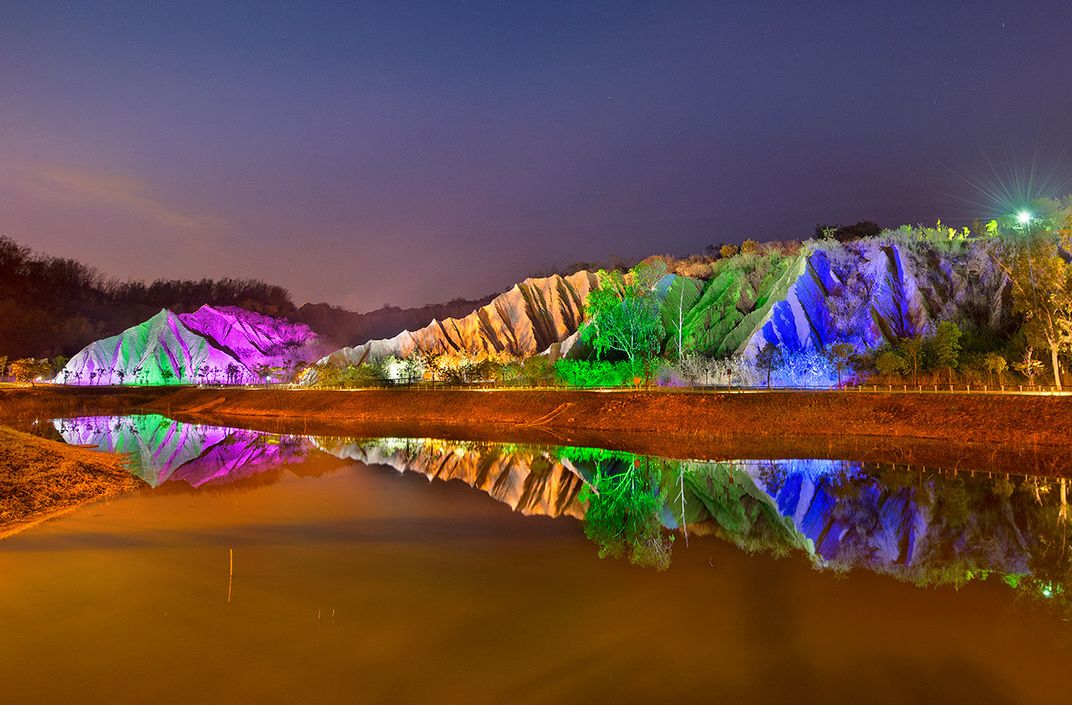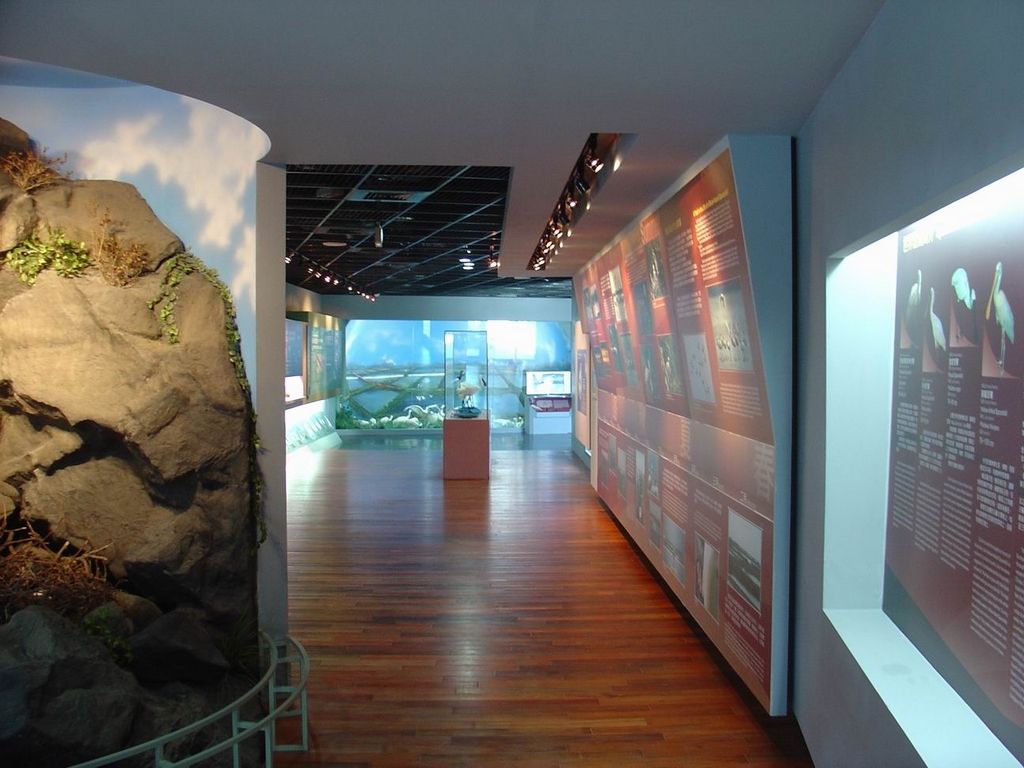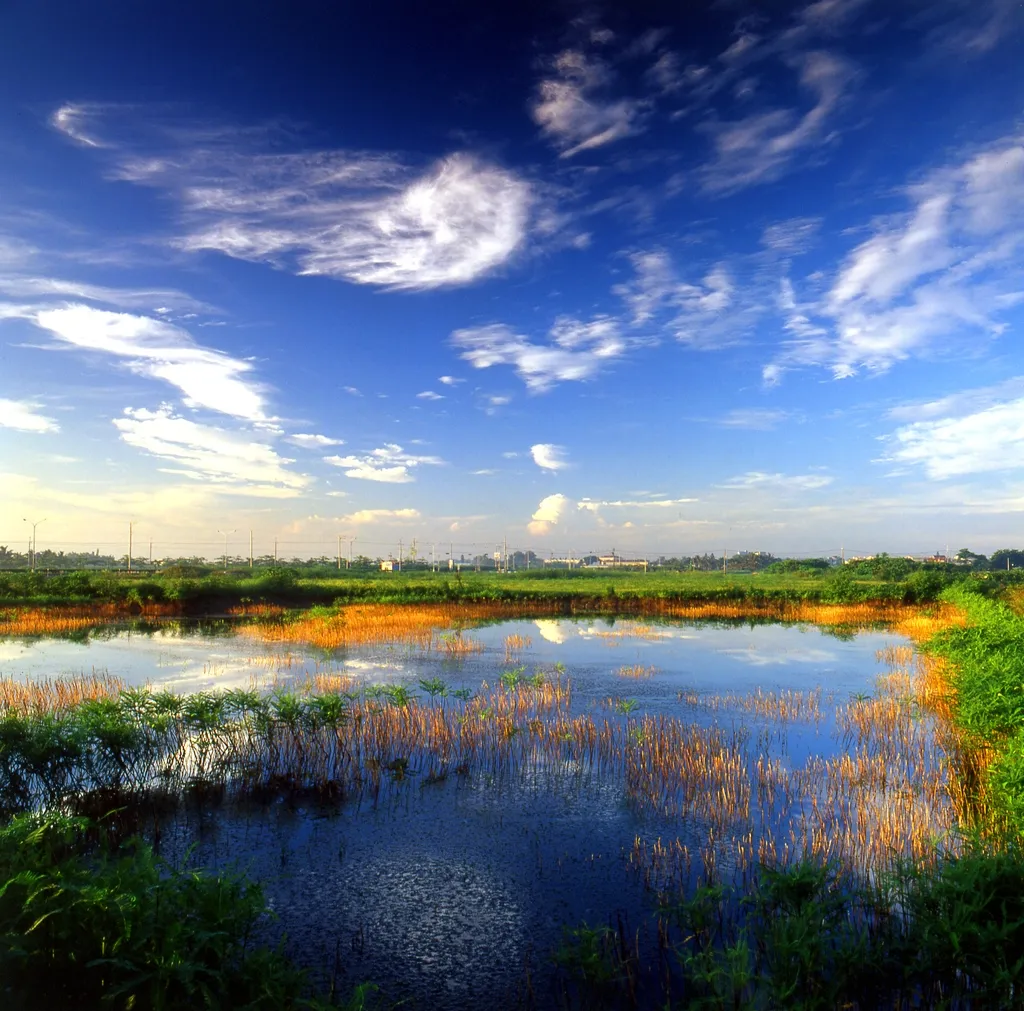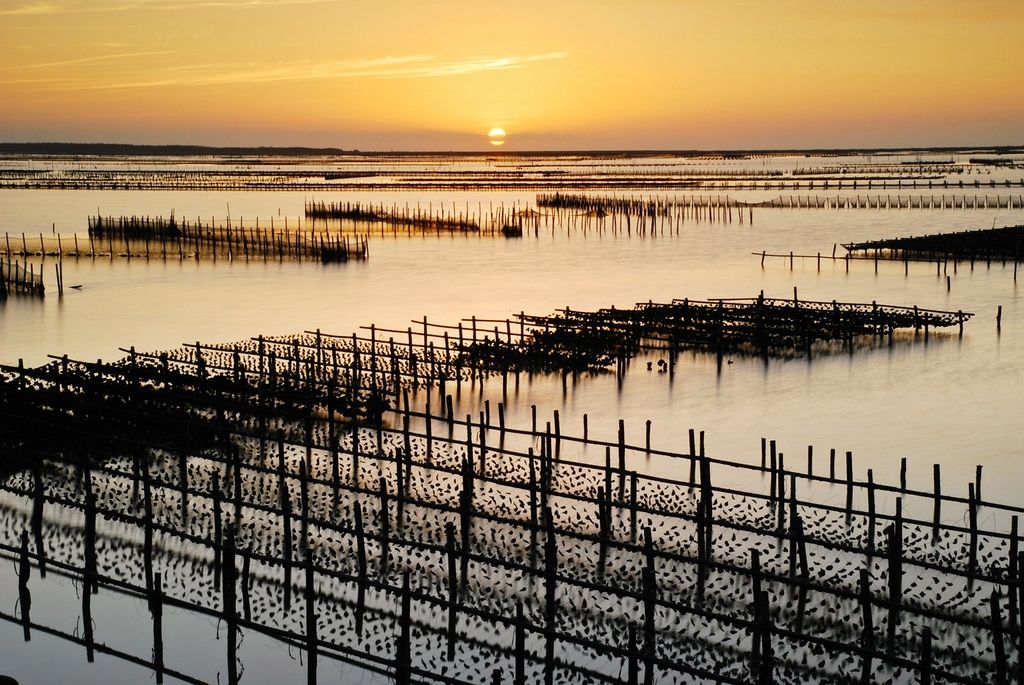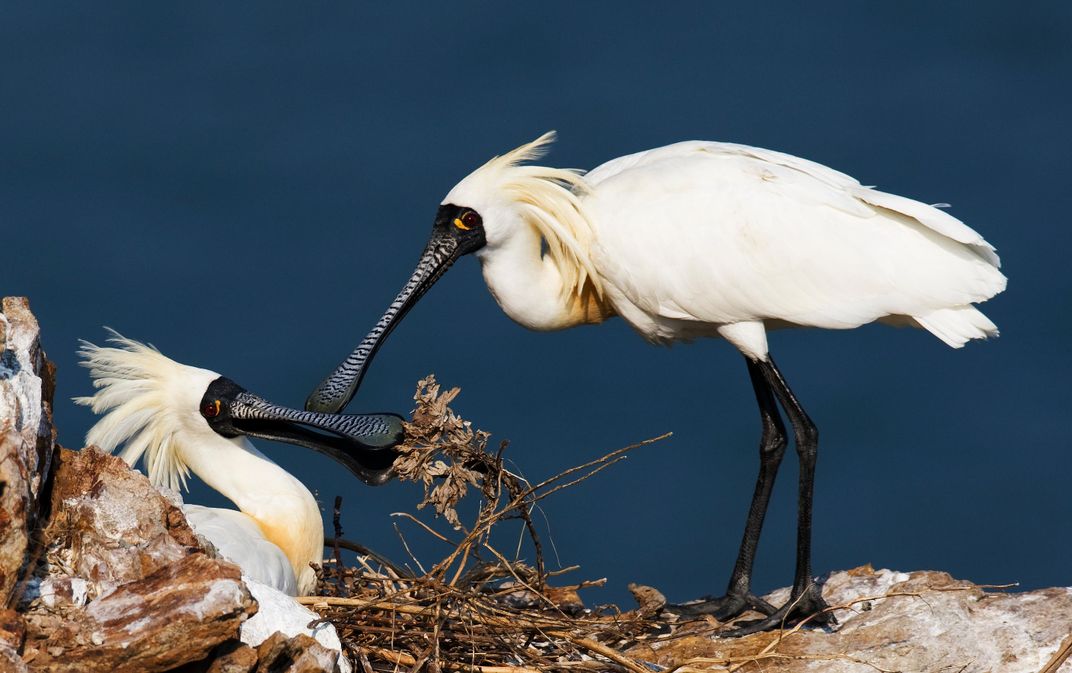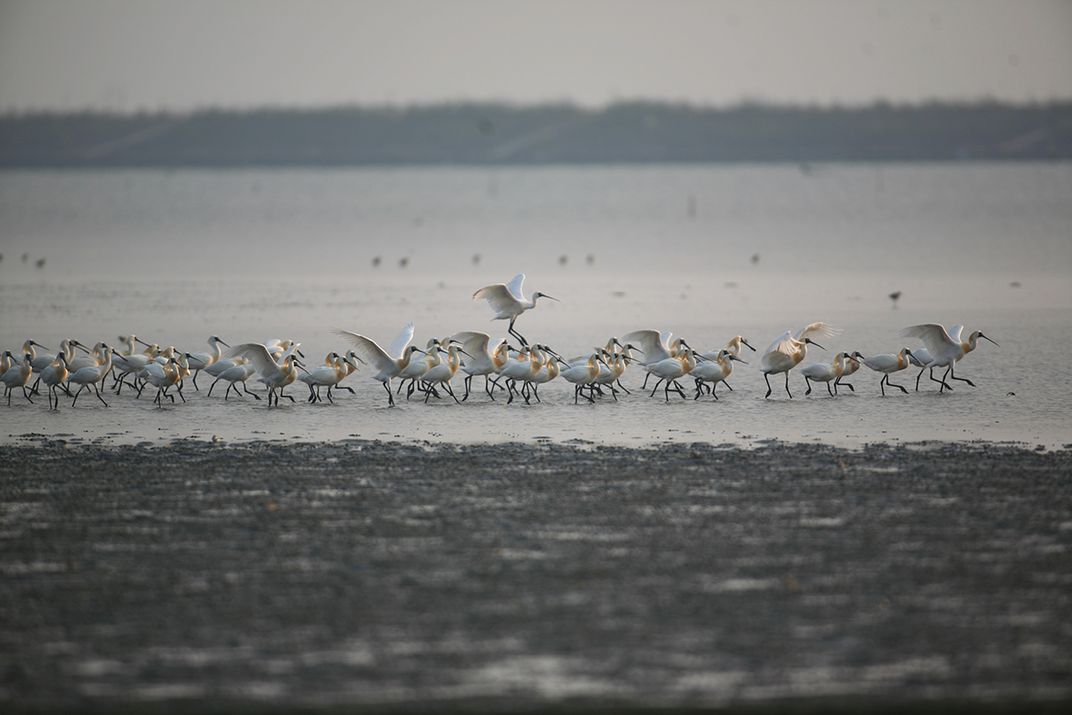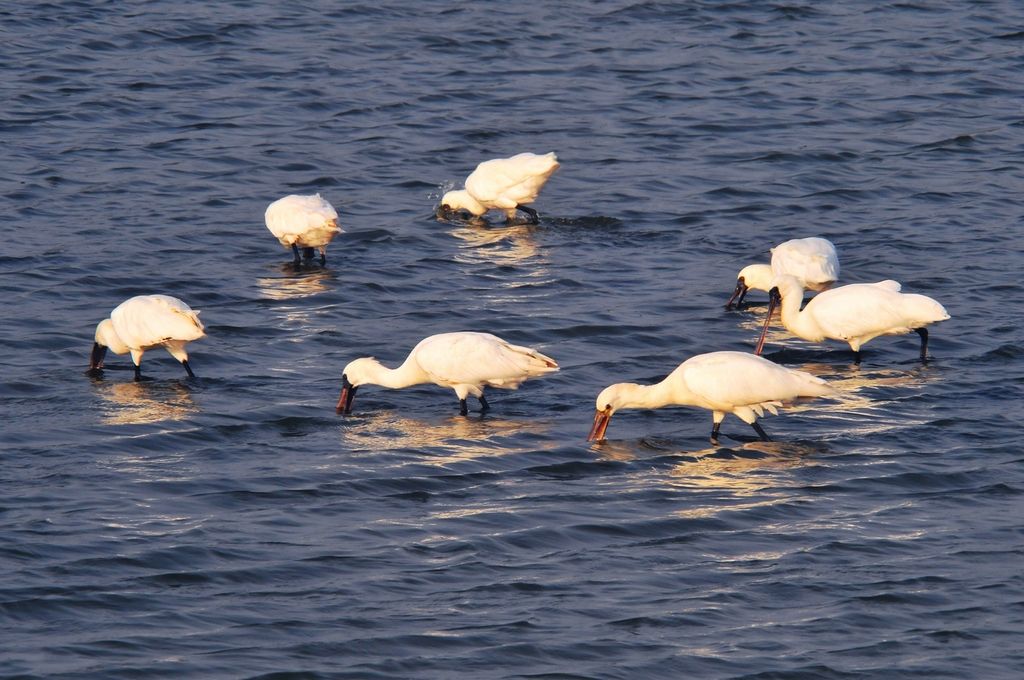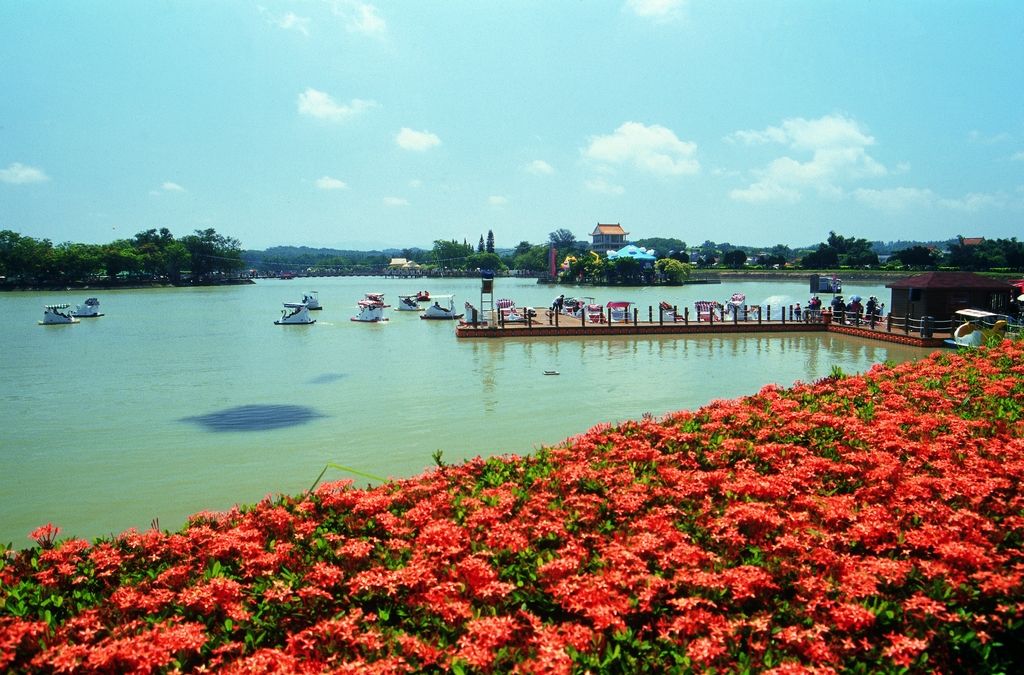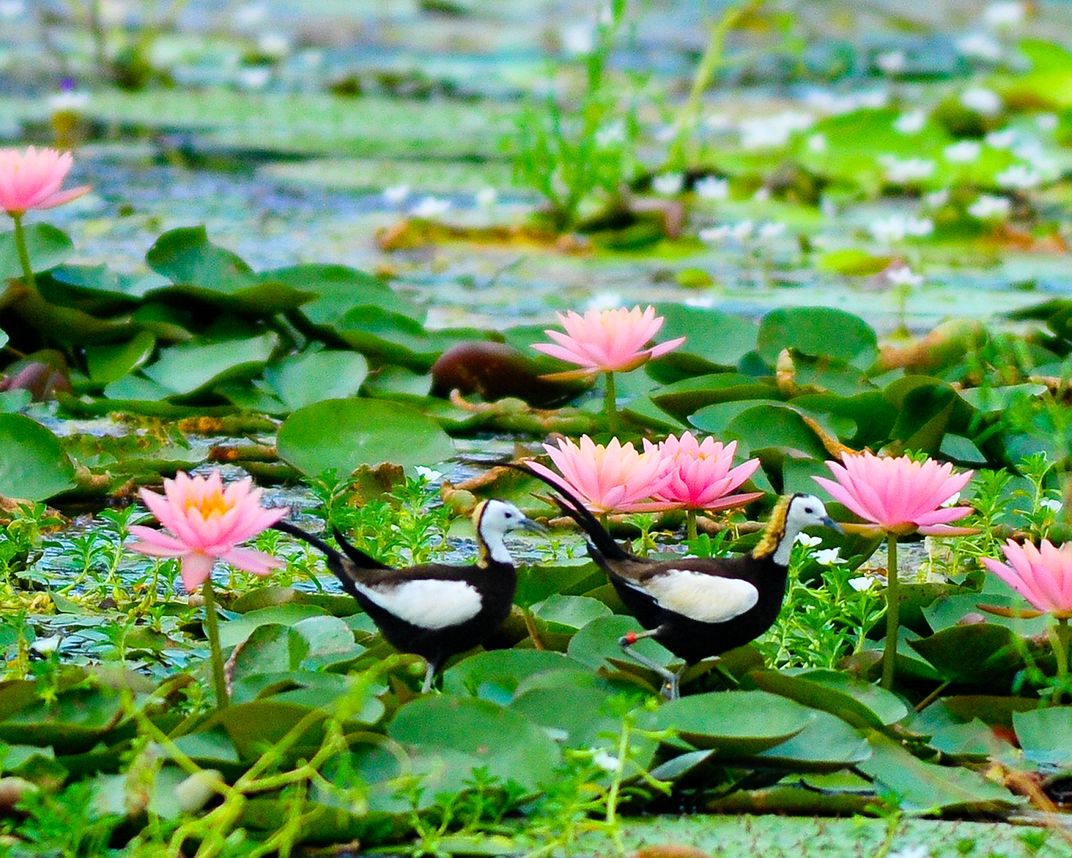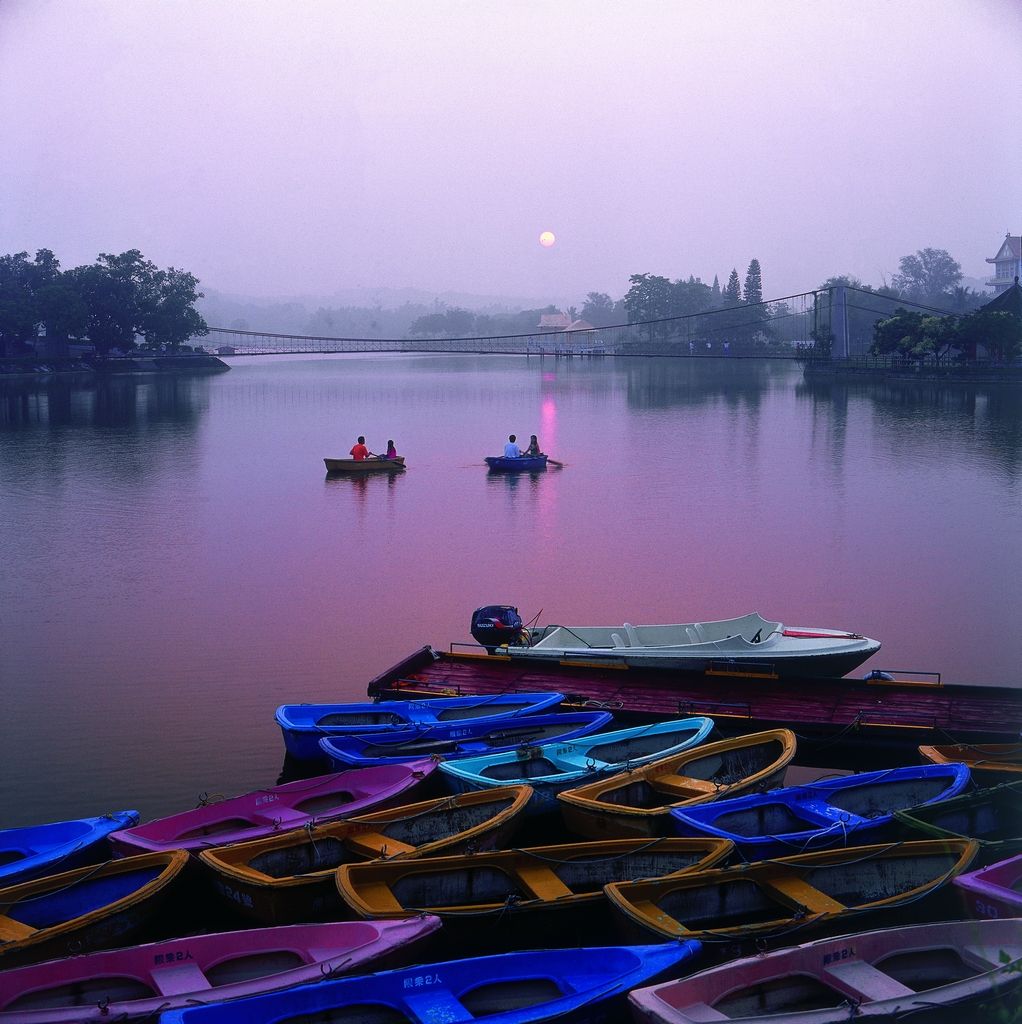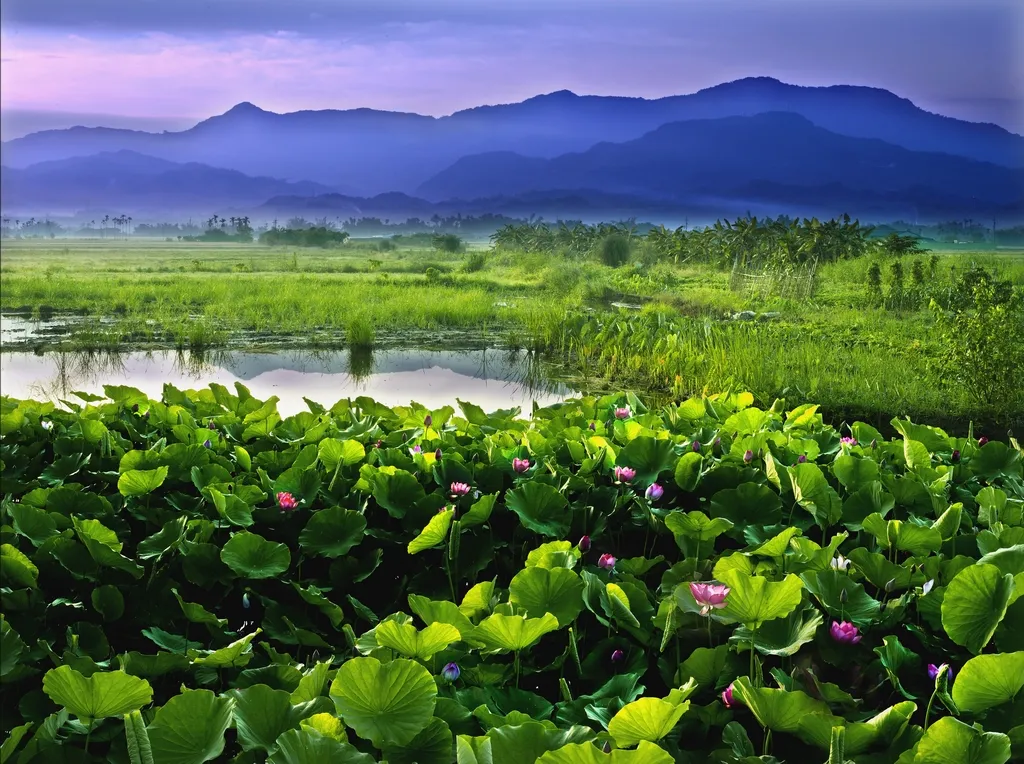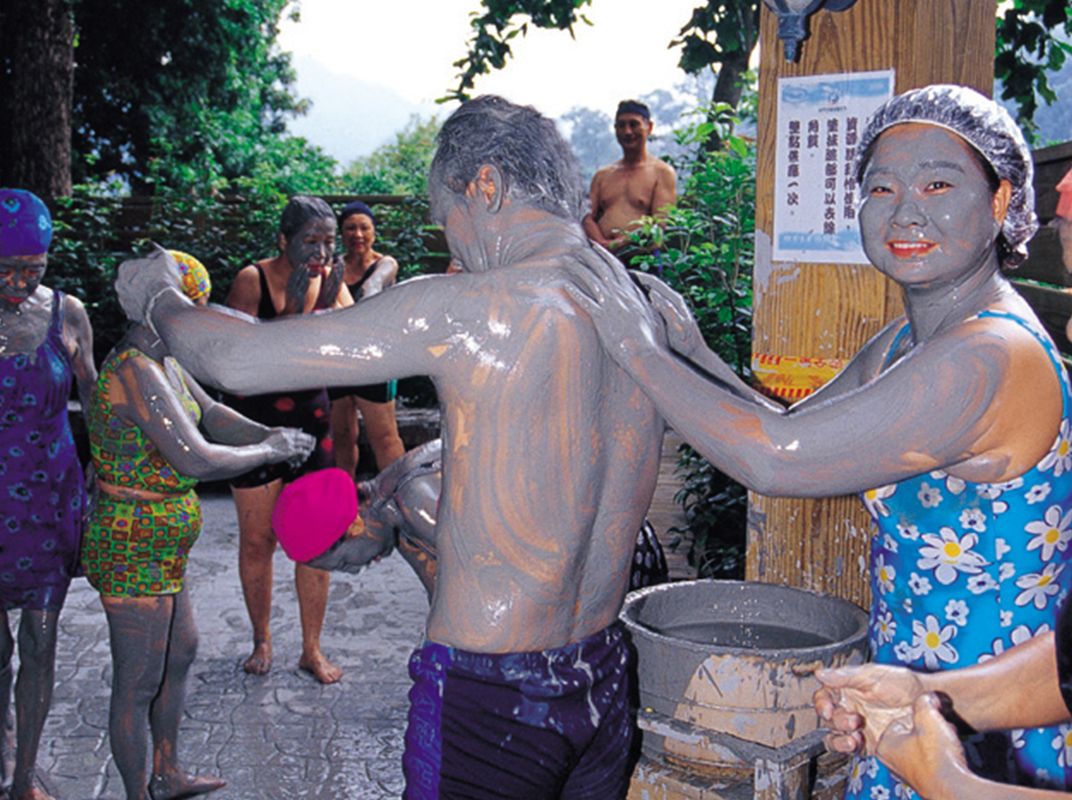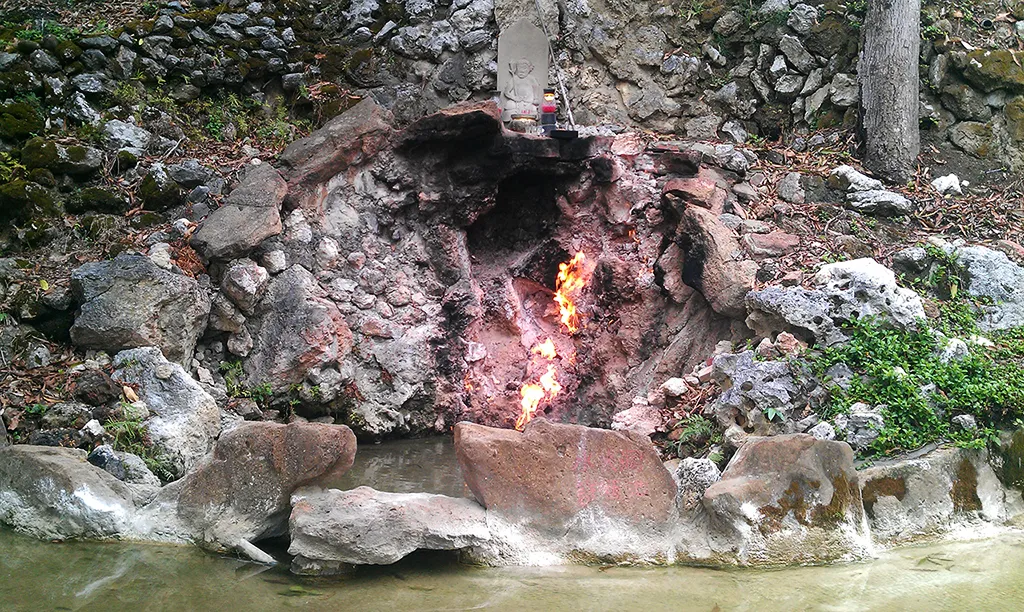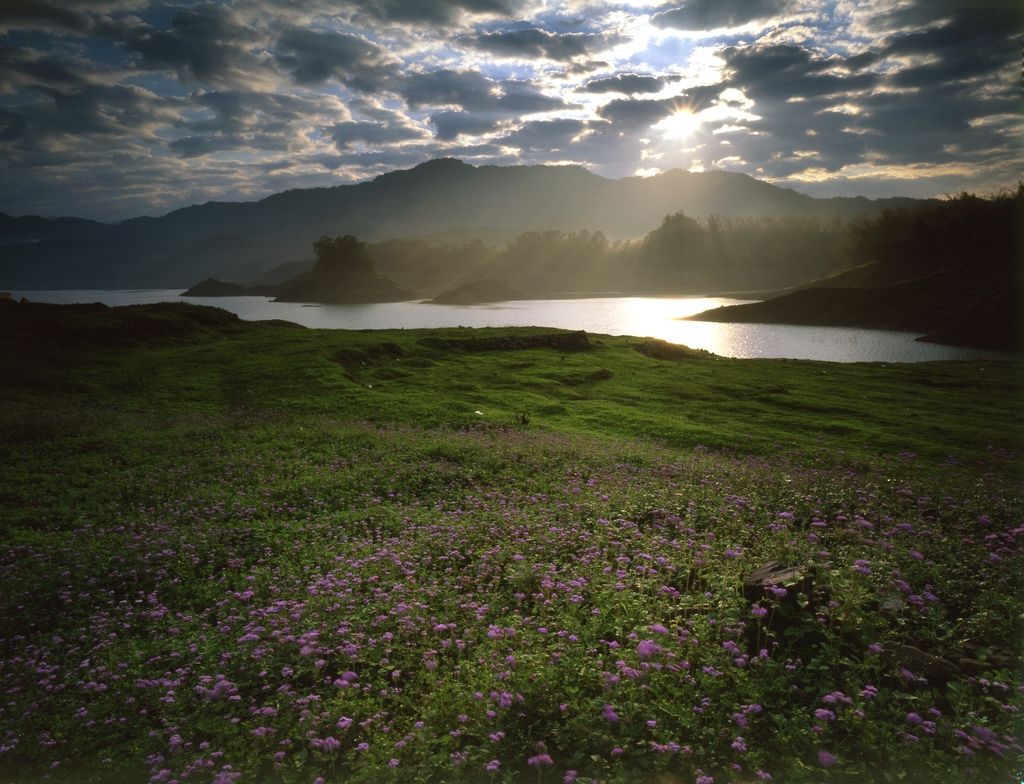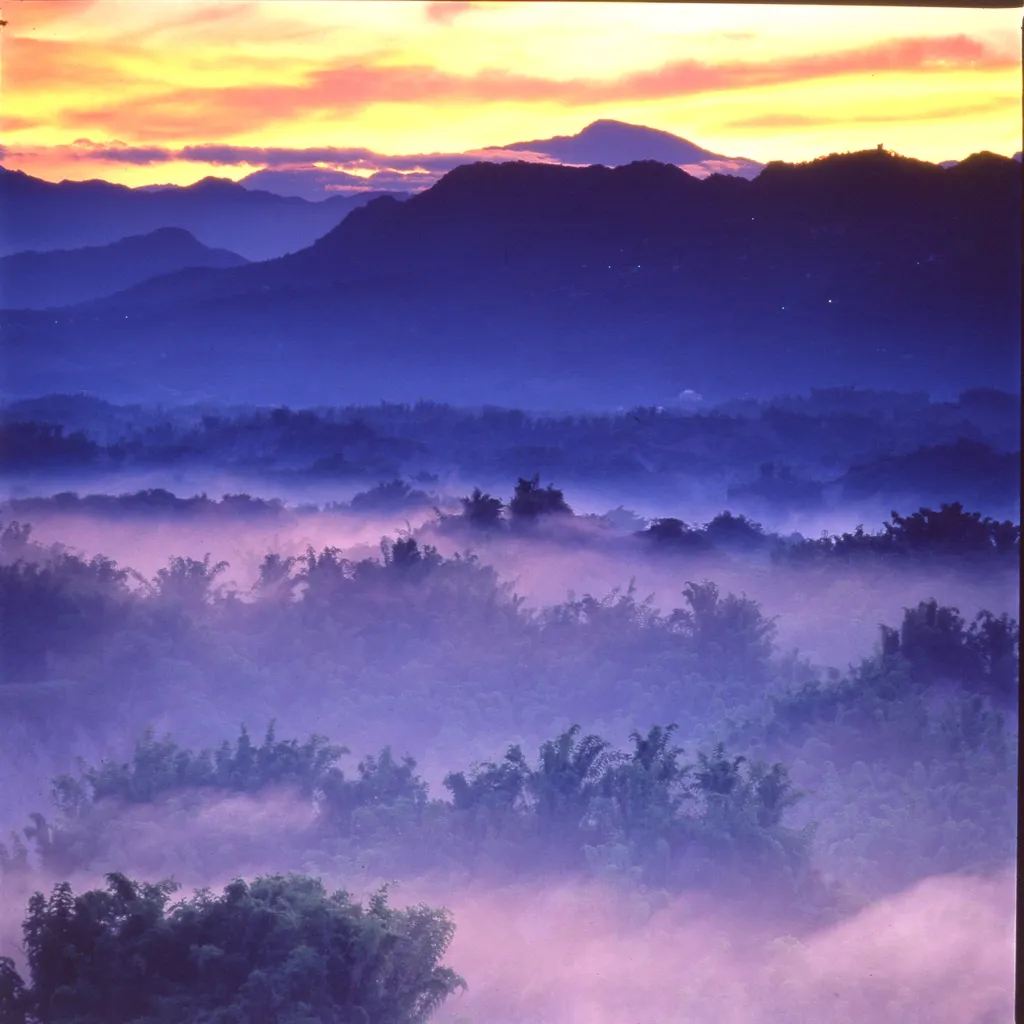Portuguese sailors en route to Japan in the late 16th century deemed Taiwan “Ilha Formosa,” or beautiful island, for good reason. From misty mountains rising over 10,000 feet high, to tropical forests teeming with birds to winding coastlines and offshore islands, its terrain offers visitors some of Asia's most stunning landscapes. Dive with sea turtles, gaze upon otherworldly rock formations and hike through lush alpine forests at these ten incredible destinations.
Kenting National Park
At the southernmost tip of Taiwan lies Kenting National Park. Home to forests, mountains, pastures, lakes, sand dunes, beaches and coral reefs, it encapsulates Taiwan's natural beauty. Rent a scooter and drive along the park’s paved coastal route past rolling hills and farmland, enjoy fresh seafood beneath swaying palm trees, or take out a small craft to discover its rich marine world. Don’t miss Kenting National Forest Area, consisting of more than 1,000 types of plants including medicinal herbs, tropical fruits and rubber trees. Walkways link 17 scenic points in the forest area, including the Looking-Glass Tree, estimated to be over 400 years old with unusual buttress-shaped roots that grow above the ground; the magnificent stalactites and stalagmites of Fairy Cave; and the Valley of Hanging Banyans, a wonderland of overgrown aerial roots.
Little Liuqiu
Little Liuqiu, located off of Taiwan's southern coast, is the country’s only coral reef island. Just 2.6 square miles, the island is said to look like a drifting ball from above. Its crystal clear waters, unique geological formations and beautiful coastal views dotted with caves and temples draw visitors year-round. No traffic lights exist on the island, and much of the ecosystem remains untouched thanks to this laid-back, rural atmosphere. Pay a visit to the limestone Flower Vase Rock and don’t miss the chance to snorkel with the island’s green sea turtles. Regular ferries from Donggang Wharf on the mainland make Little Liuqiu an easy day trip.
Penghu and Matsu Island
An archipelago of 90 islands off the western coast of Taiwan, Penghu is known for its crystal clear water, sparkling beaches and the more than 500 ancient fishing traps, called stone weirs, that speckle its shores. During the summer months, the Penghu Stone Weir Festival celebrates this heritage, featuring performances by local celebrities and a stone weir fishing experience led by owners of the weirs. Most famous is the Qi Meiyu stone weir in the shape of twin hearts.
Another Penghu must-see is Tongpan Geology Park, often referred to as the “Yellowstone Park of Penghu.” Columnar joints, platy joints and a “lotus platform” featuring concentric circles formed by basalt lava give the island its distinctive look.
Further north on the Taiwan Strait outside of Penghu County, Matsu Island is home to a bioluminescent phenomenon. In April and May, strong southern winds disturb microscopic creatures in the water, causing them to a emit blue fluorescent light. Sometimes beachgoers will look back to find their footprints glowing from creatures that have washed ashore.
Matsu Island is also a birder’s paradise. From April through September, thousands of terns venture northward to Matsu to mate. Among them is the Chinese Crested Tern identified by its orange-yellowish beak with a black tip, black head, white chest and grey wings. The rarest of the world’s 40 or so tern species, it has only been spotted a few times since its discovery in 1863. Ecological tern-watching boat trips run in July and August and take visitors to protected tern habitats past impressive coastal landforms.
Sun Moon Lake
Taiwan’s largest alpine lake, Sun Moon Lake is renowned for its tranquility and cultural heritage. The weather is pleasant year-round, and temples and pagodas dot the surrounding countryside of central Taiwan. Head to Chi-En Pagoda, or “Pagoda of Filial Virtue,” for outstanding views. Chiang Kai-shek, for whom Sun Moon Lake was a cherished vacation sport, erected the monument in honor of his mother. In the spring season, the trail leading up to the pagoda ignites with fireflies. Hugging the lake’s perimeter is a pedestrian-bike path, and cruises depart daily from it shores. Rent a rowboat or canoe for more leisurely exploration and the chance to see all manner of birds.
Yeliu Geopark
This one-mile-long cape on Taiwan’s northern coast where Datun Mountain meets the sea looks like something out of a Dali painting. Shaped by erosion, weathering and earth movements, Yeliu's sandstone seashore is dotted with unusually shaped rocks and pinnacles. Highlights include the aptly named Queen’s Head, Fairy’s Shoe, Candle, Bean Curd and Dragon’s Head rocks as well as wave-eroded caves. Adjacent to the geopark is the country’s first marine park. Be sure to walk through its 300-foot glass underwater tunnel showcasing over 200 rare species.
Northeast and Yilan Coast National Scenic Area
Stretching more than 60 miles from Nanya District in New Taipei City to Neibi Beach in Suao Township, the Northeast and Yilan Coast National Scenic Area is a crown jewel sitting atop Taiwan's natural bounty. Featuring numerous capes and bays, spectacular rock formations, golden beaches and rivers, the northeast coast takes visitors through some of Taiwan's most varied and beautiful coastal scenery.
Marking the northern gateway to the Northeast Coast National Scenic Area, Nanya is a must-see for its mesmerizing, conical rock formations. Over time, weather and waves have sculpted the sandstone shore, and the oxidation of iron ore within the stones has painted them with colorful bands. Many fascinating formations, including one famously shaped like an ice cream cone, are visible from the Coastal Highway.
South along the Coastal Highway from Nanya, Bitou-Longdong Geopark showcases dramatic sea-eroded landforms, including sea cliffs, undercut bluffs and rocky platforms dotted with formations resembling mushrooms, honeycombs and tofu bricks. With crystal clear water and abundant tropical fish, Longdong is an outstanding spot for snorkeling, scuba diving, rock fishing and bird spotting. Its sheer sandstone cliffs also attract rock climbers from all over the world. Some 100 feet tall, with routes of varying levels of difficulty, the cliffs are perfect for those wishing to hone their skills.
Starting just inland from Fulong, the Caoling Historic Trail is one of Taiwan's most famous hiking paths. The only remaining section of the old Qing dynasty trail, it was constructed 130 years ago to provide a land link from Taipei to Yilan across the Sandiaojiao Cape. The present trail spans roughly six miles and offers sweeping views of the northeast coastline. From certain vantage points, you may see the spouts of whales and dolphins in the distance.
Sun Link Sea Forest Recreation Area
The Sun Link Sea Forest Recreation Area is home to a tropical monsoonal climate and primeval mountain forest set against the backdrop of Mt. Hehuan. Here, pathways wind through rhododendron forests and past magnificent caves and waterfalls. Feel the spray from the thunderous 400-foot Qingyun waterfall, or soak up the beauty of the Niaosong and Water Curtain Cave waterfalls in the lush Songlong Rock area. Don’t miss Swallow’s Cottage, a tranquil rock cave where swallows nest behind a curtain of dripping water, or the fields of endemic poppies that bloom in April. Campgrounds and wooden cottages allow visitors around-the-clock access to this mythical scenery.
Tianliao Moon World
Stepping into Tianliao Moon World is akin to stepping foot on another planet. Located in the valley of a small tributary of the Erren River, its landscape is hauntingly desolate, shaped over time by erosion from rain and streams. Railed pathways snake through its Moon-like badlands past jagged ridges and pinnacles and mud volcanoes bubble like witches' brews. Camping areas allow visitors 24-7 access to the scenery, and the eye-catching, Chinese-style Moon Take Multistory Building offers panoramic views of the valley. After taking in the landscape, visit one of the several nearby temples, including Rihyue Temple and Fongyue Temple.
Qigu Lagoon and the Spoonbill Exhibition Hall
Formed by the changing routes of the Zengwen River, western Taiwan’s Qigu Lagoon is home to over 30 types of crab, 200 species of fish, shrimp and shellfish and a wide range of bird species. In the winter, birdwatchers flock to the area to see the endangered black-faced spoonbill, which migrates to Taiwan from China and Korea for several months each year. Extending out onto the lagoon, the 24-hour Spoonbill Exhibition Hall offers information about the habits and habitat of these majestic birds. When the spoonbills arrive to the lagoon's protected areas, the center sets up a video display and high-powered binoculars on its outdoor deck for better viewing.
Siraya National Scenic Area
Siraya National Scenic Area in eastern Taiwan offers visitors spectacular scenery and wildlife viewing close to Tainan City. Shin Hua Arboretum is a favorite destination for its firefly viewing. Easily accessible trails invite pedestrians into dark forests illuminated by flashes of yellow in the early evenings.
The nearby Guanziling Hot Spring, located at the peak of Zhentou Mountain, was developed by Japanese soldiers in the early 20th century and is one of the most famous in Taiwan. Mud from coral reef rock layers lend the water its dark grey color and is believed to have therapeutic qualities. Adjacent to the hot spring is Yongye Park, Taiwan’s only deciduous plant-themed park, known for its fiery red maple leaves in autumn. In the summertime, the park is a fantastic location to observe milkweed butterflies.
One of the seven major ancient districts of Tainan City, Baihe earned the name “Lotus Country” for its unending expanses of lotus fields that bloom from June through September. The flowers are best seen in the morning, when sunlight encourages them to open. At the Lotus Culture Information Hall, visitors can learn about shelling lotus seeds, grinding lotus-root powder and making lotus tea, and the annual Lotus Festival offers a myriad of activities such as lotus picking and lotus-based meals.
Hutoupi Reservoir, Taiwan’s oldest, draws visitors with its high-altitude views. Surrounded by mountains that form the face of a tiger, the basin is lined by pathways, dense camphor trees and Taiwan acacia. Visitors can walk out to the Tiger Moon Pavilion in the middle of the reservoir via the Tiger Moon Suspension Bridge, take out a boat or admire the mesmerizing blue-green waters from a platform at the Lakeview gazebo entrance.


/https://tf-cmsv2-smithsonianmag-media.s3.amazonaws.com/filer/d4/74/d474292f-70b6-4e47-8cc5-9f8c9474f2b5/istock-523698954.jpg)
